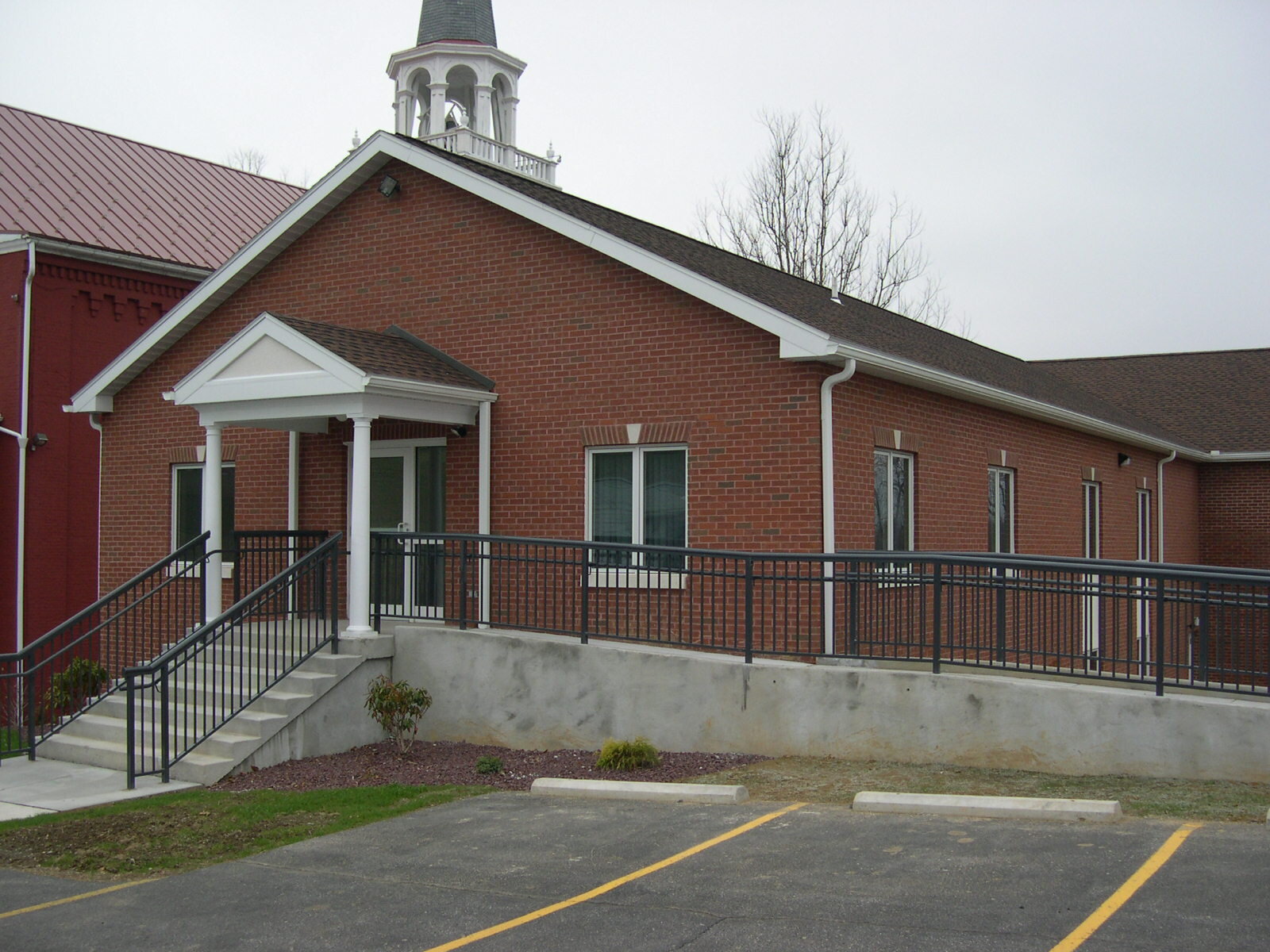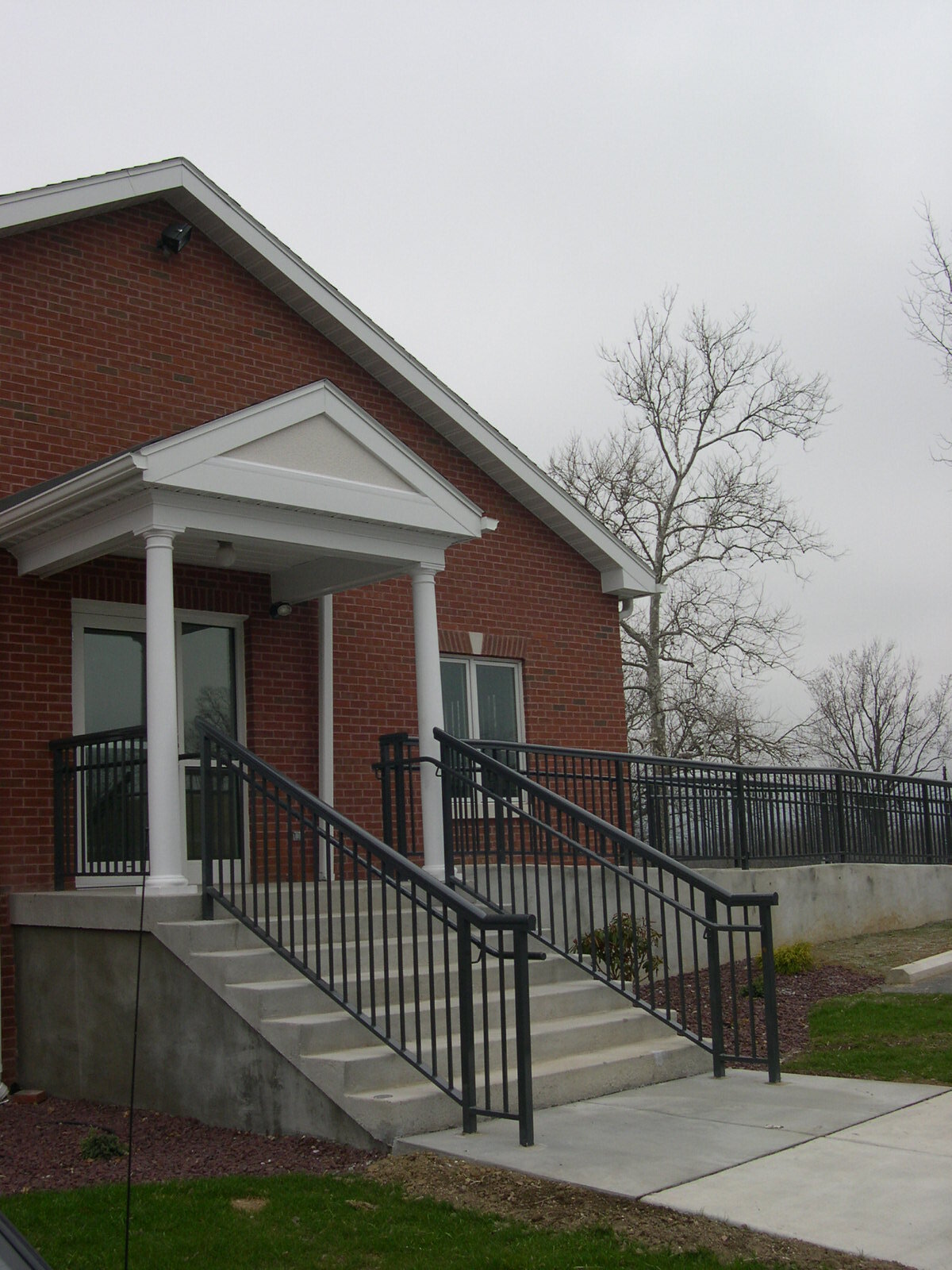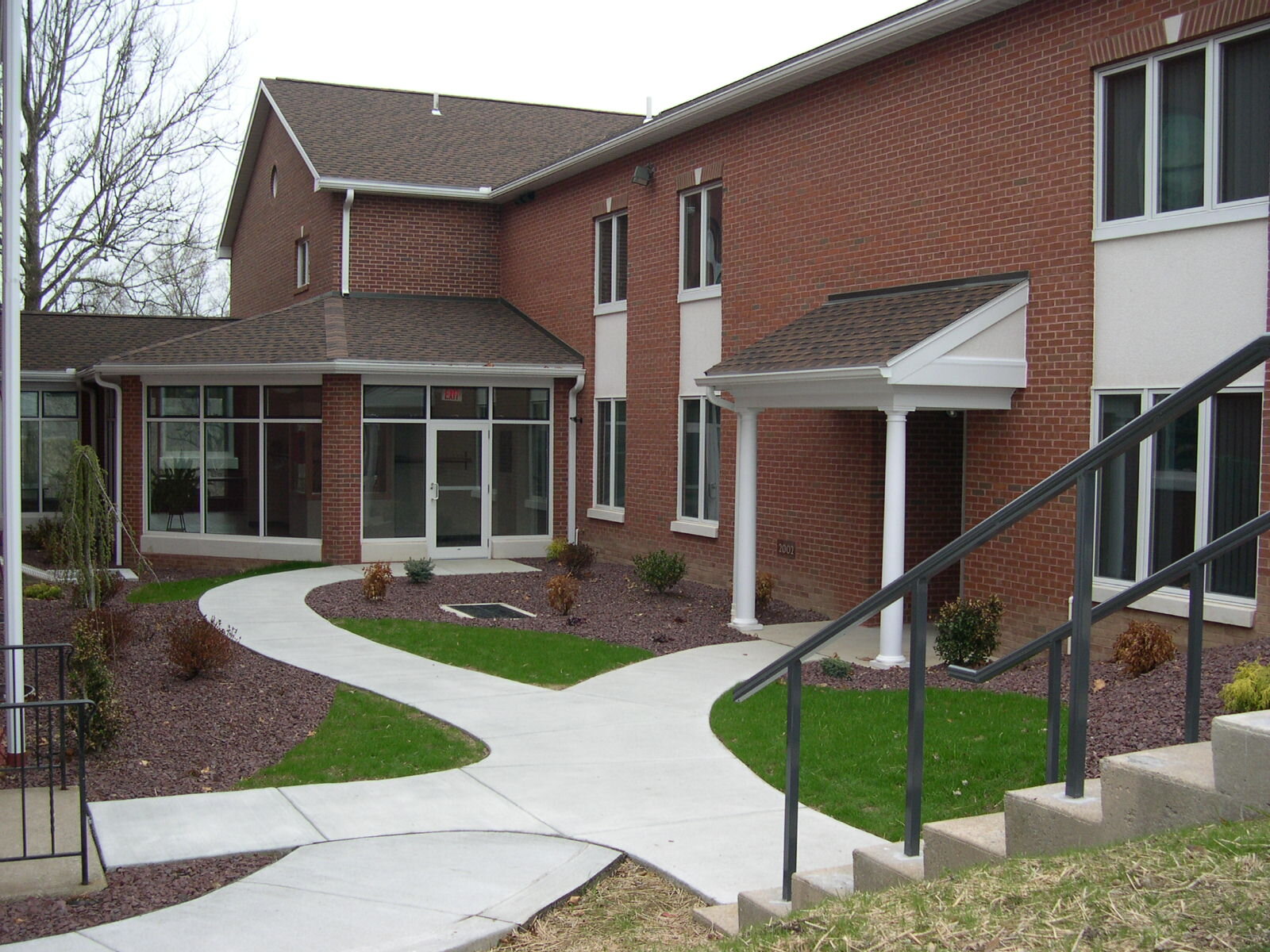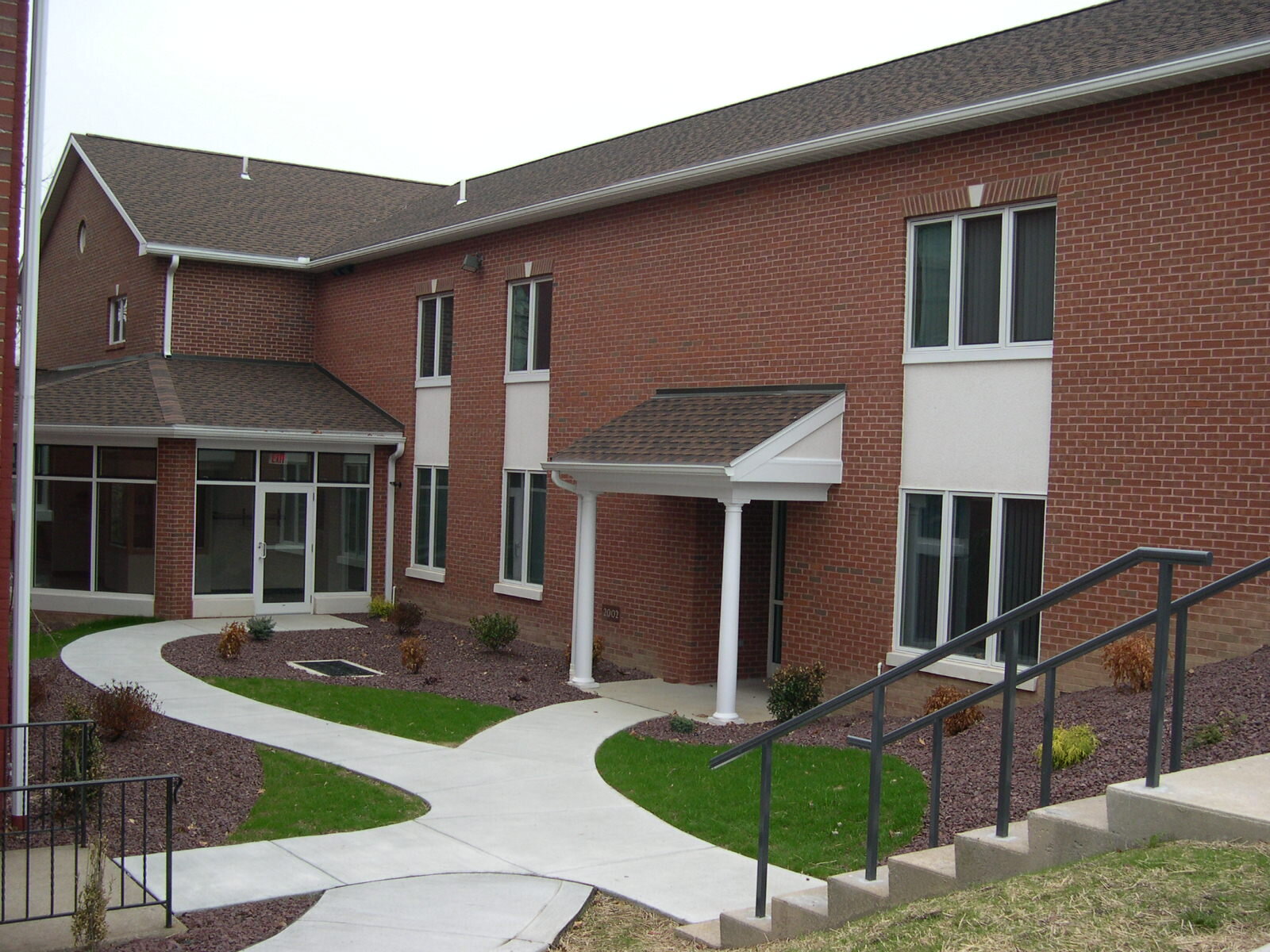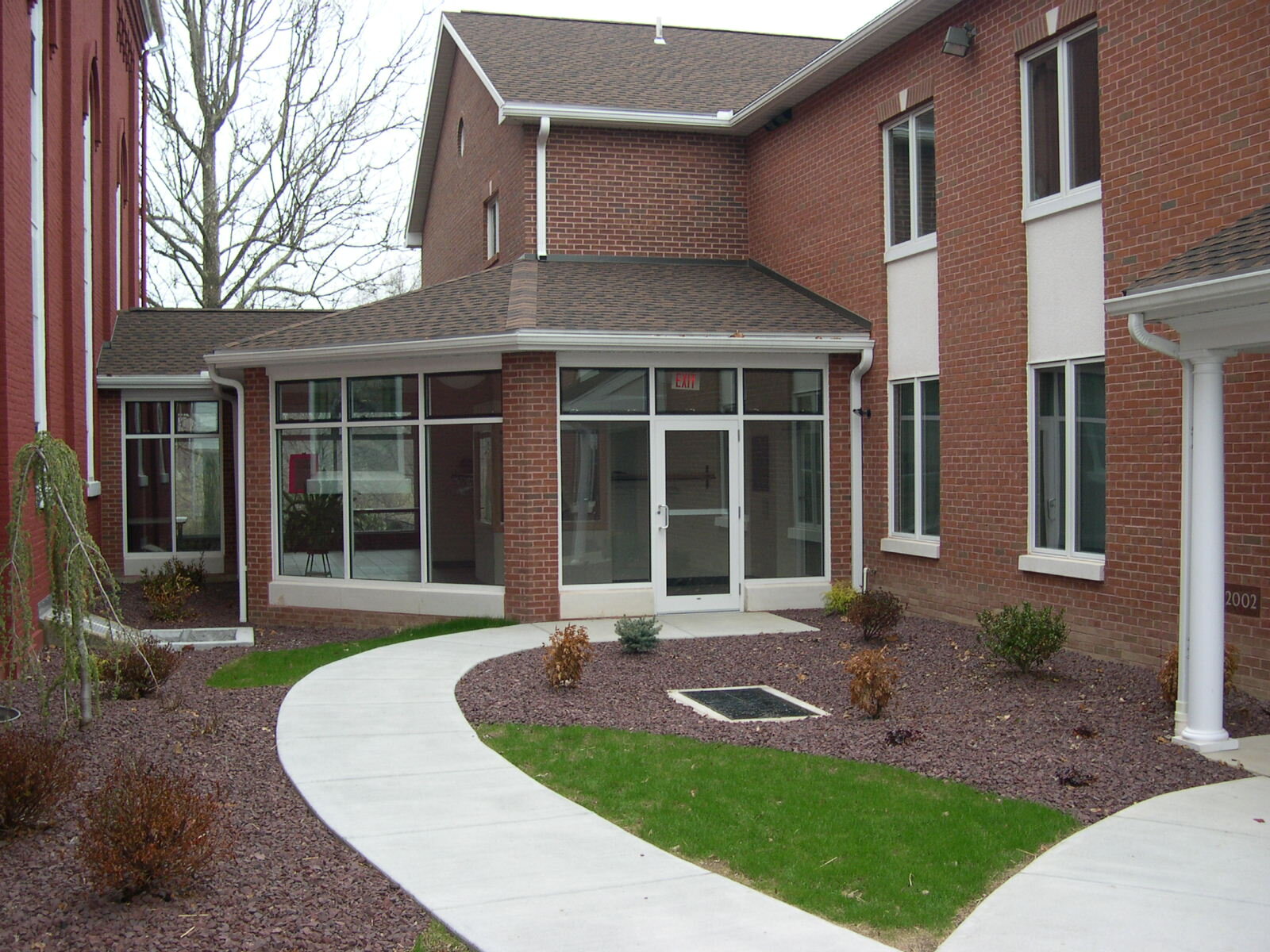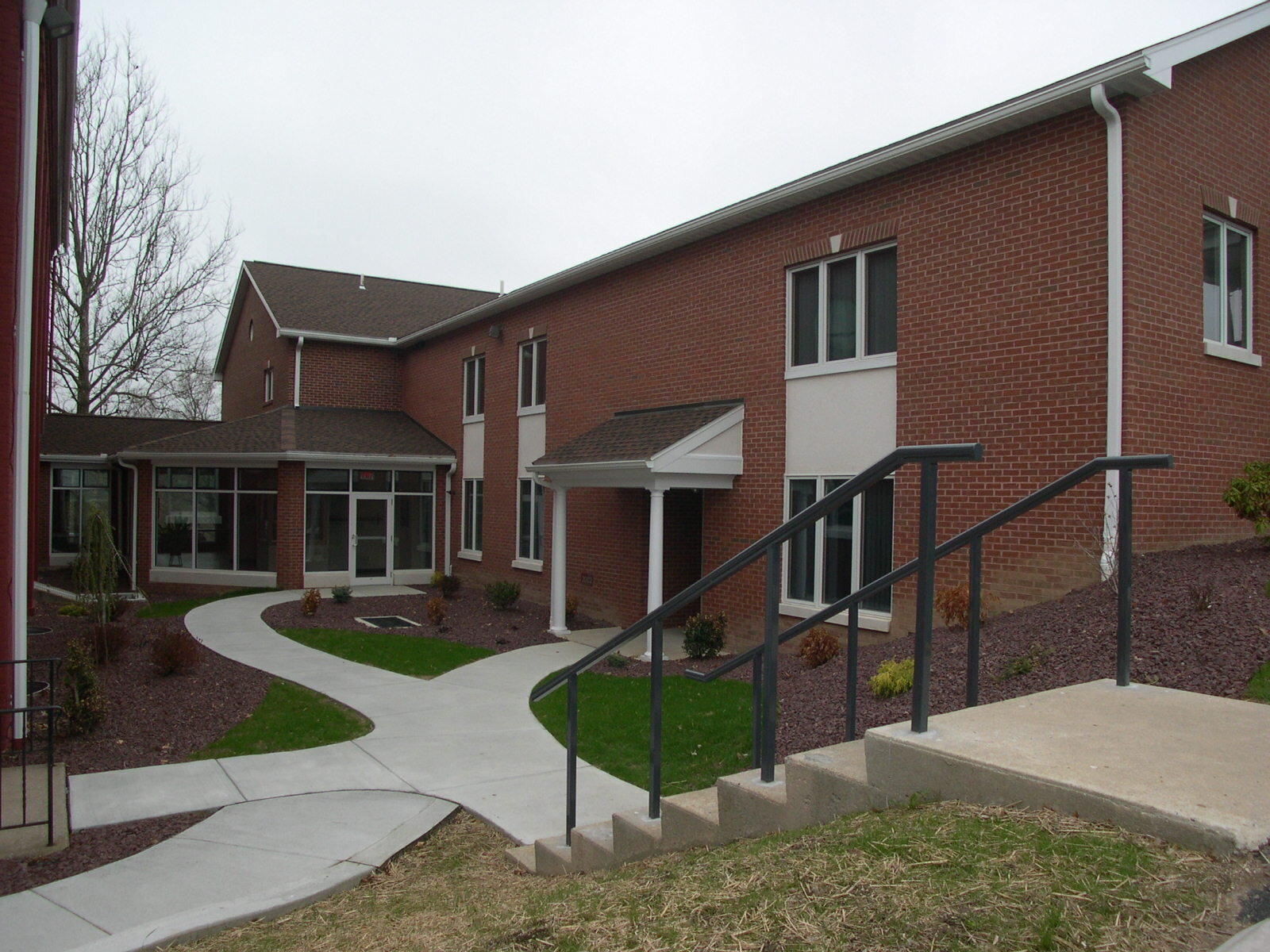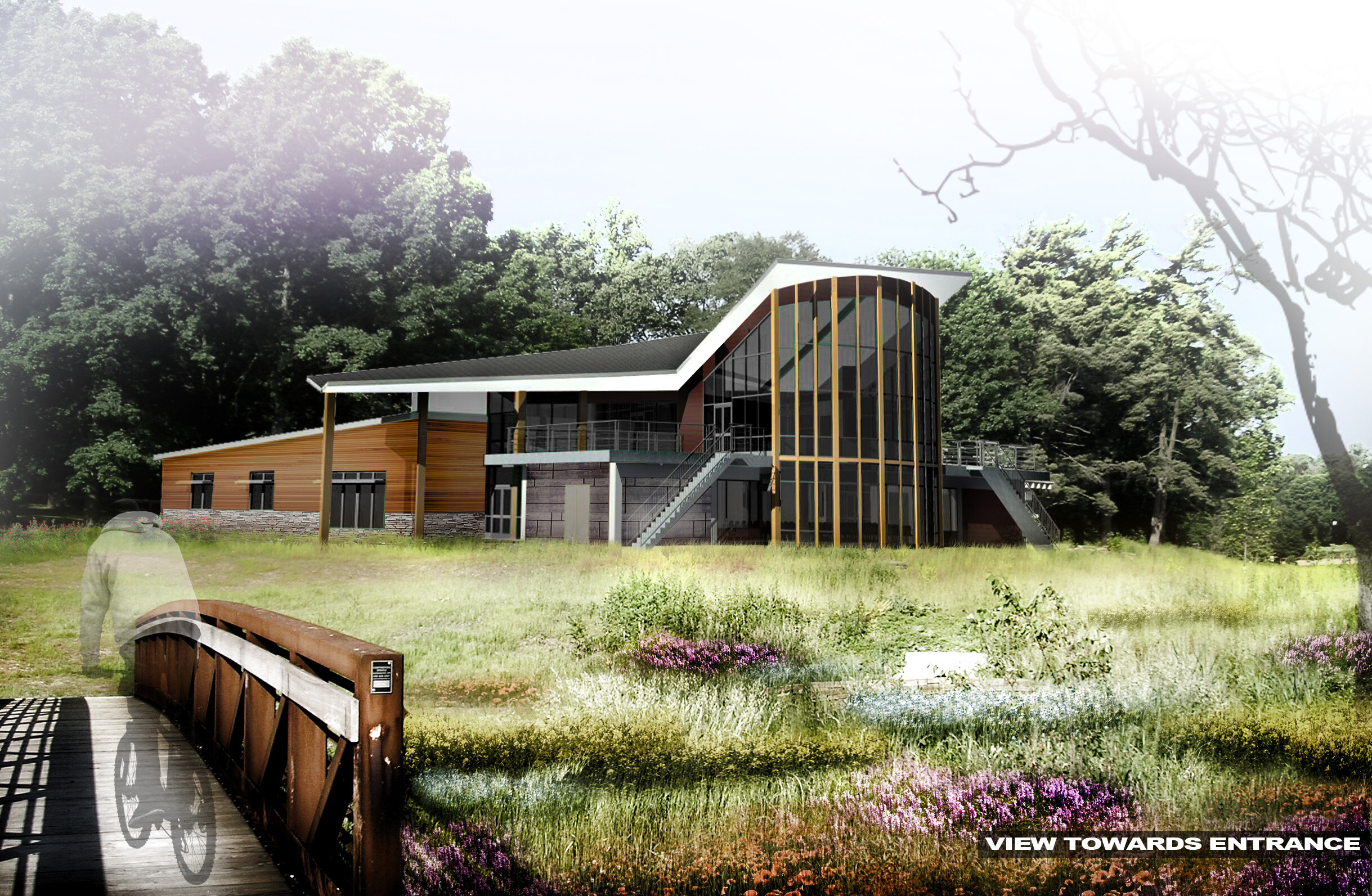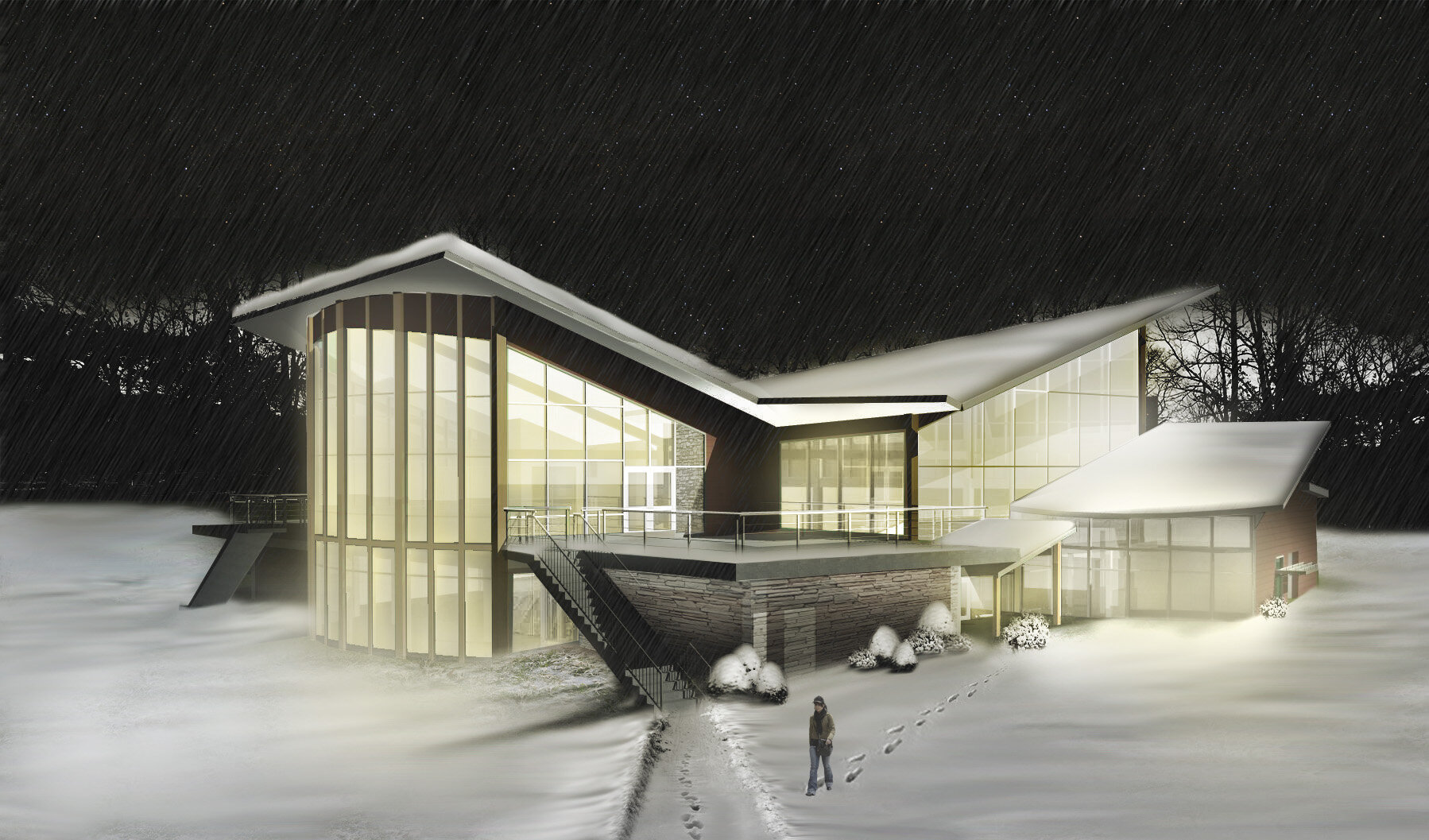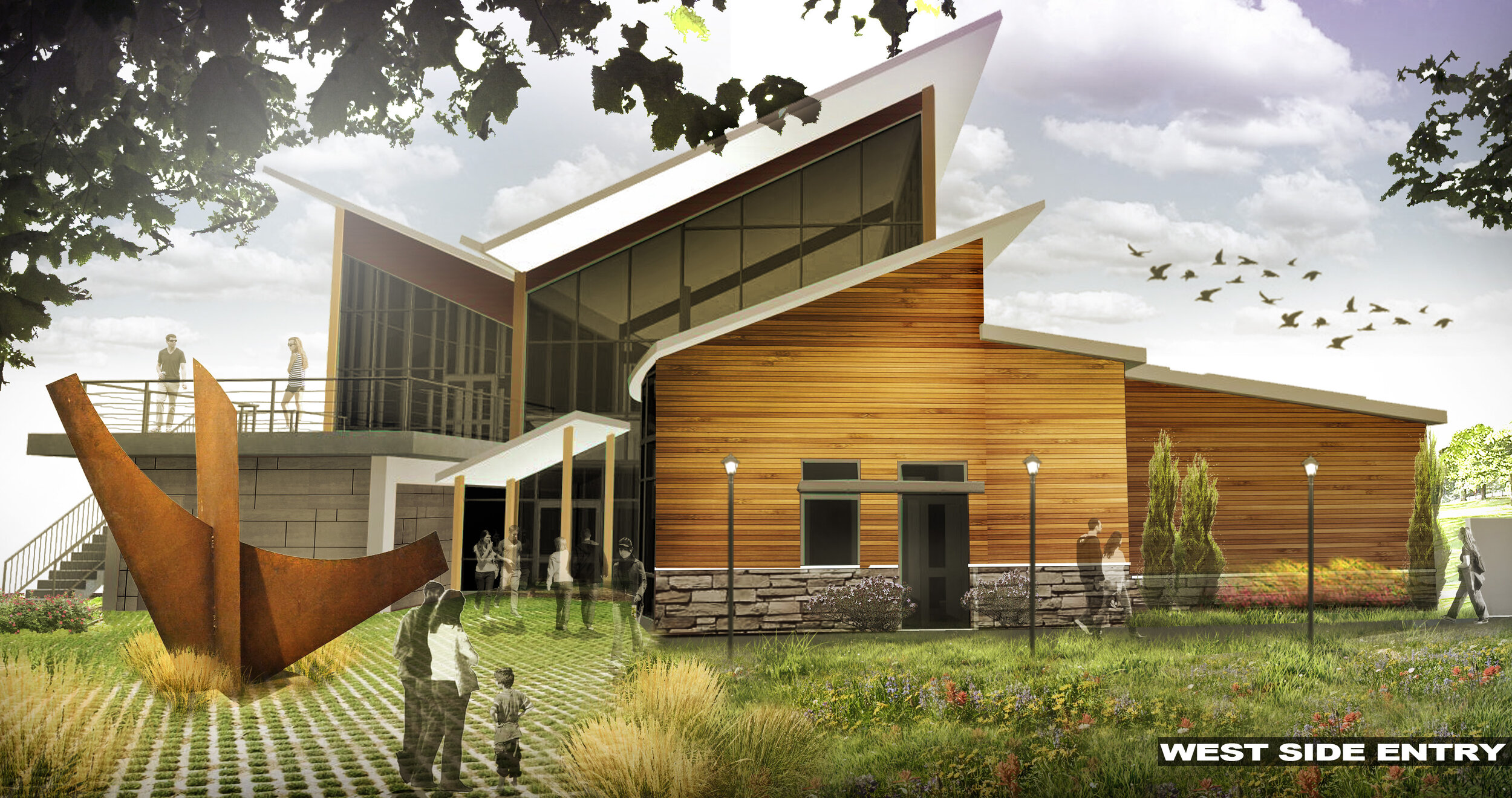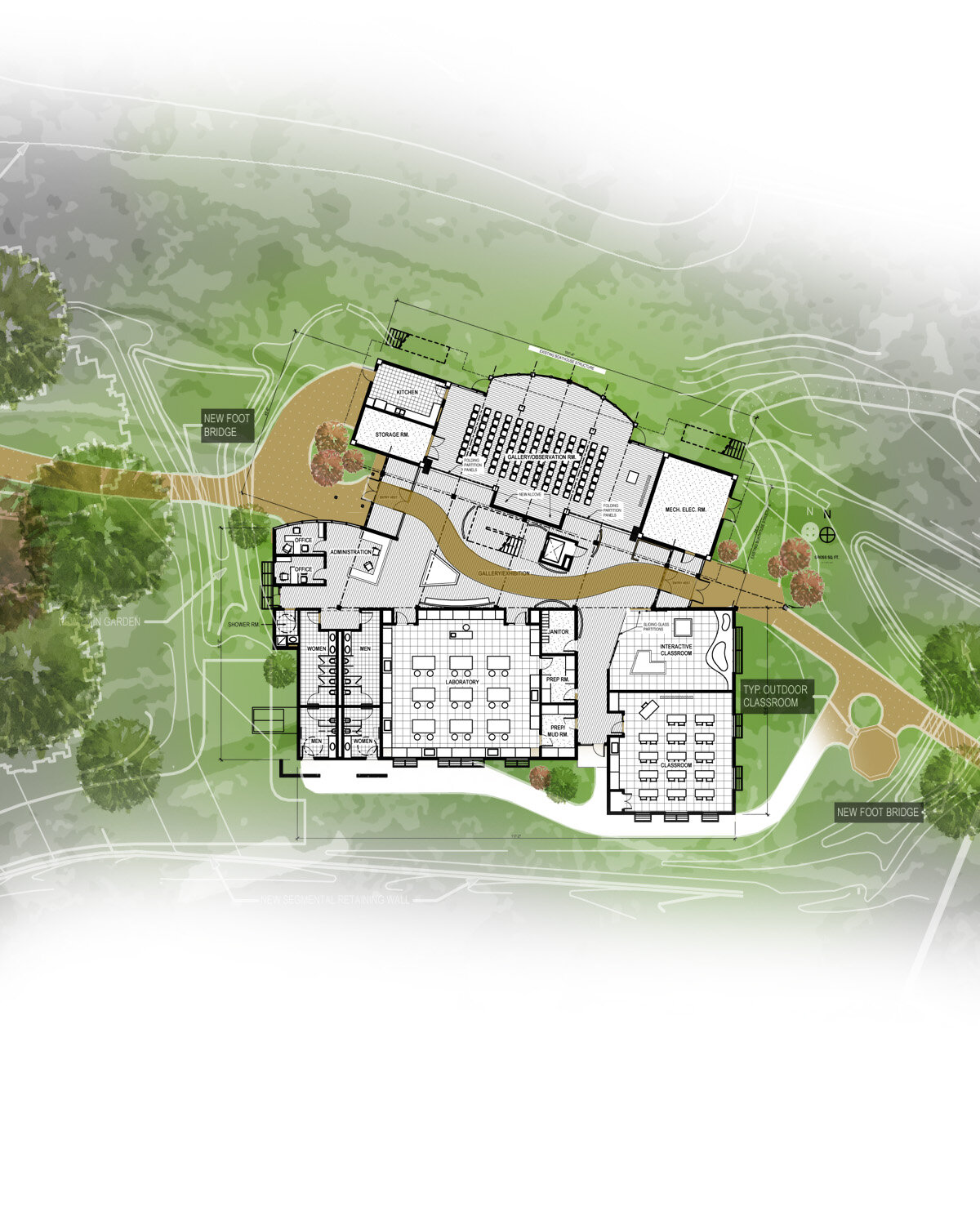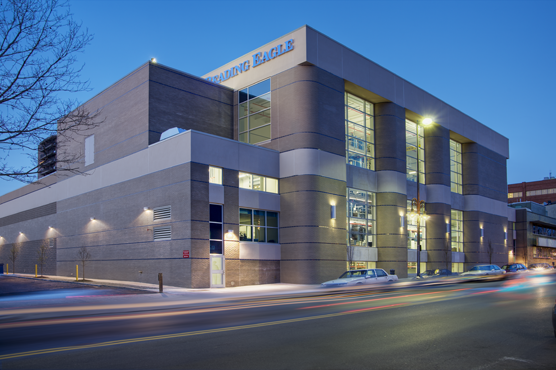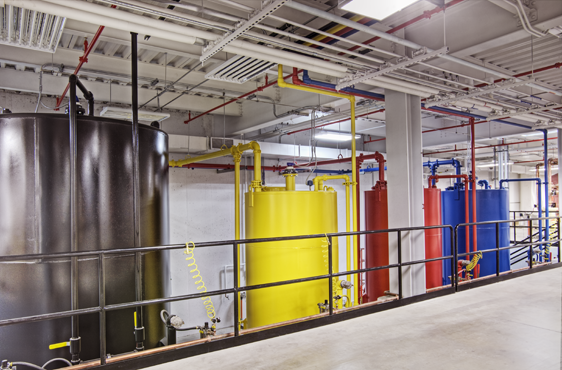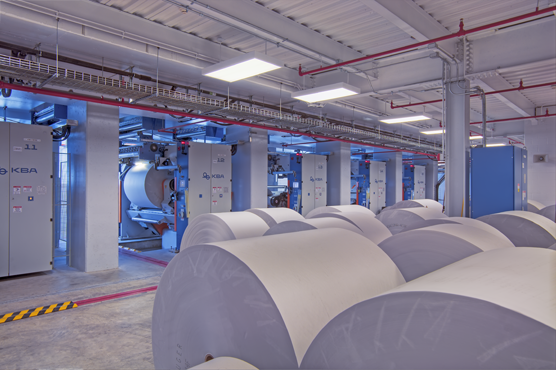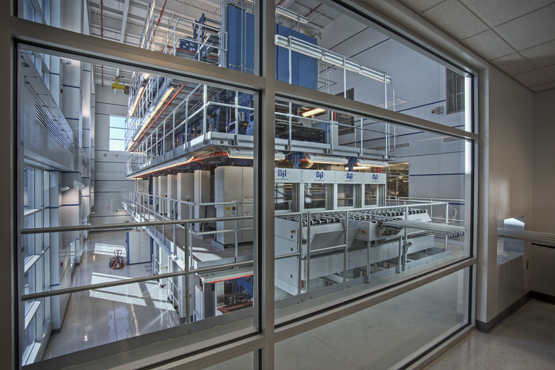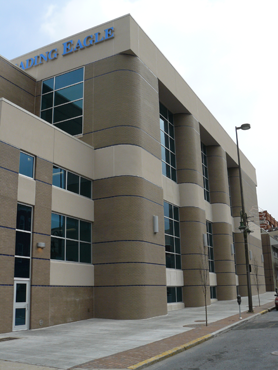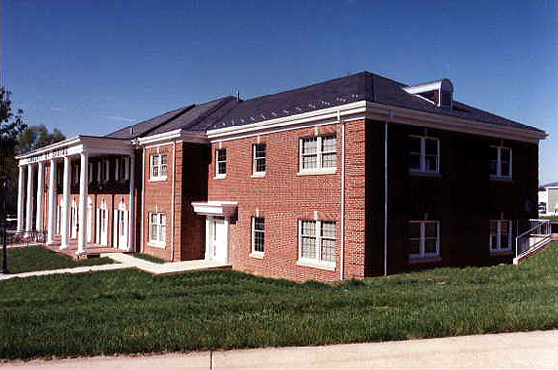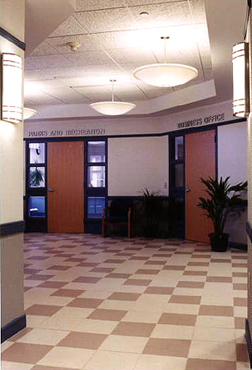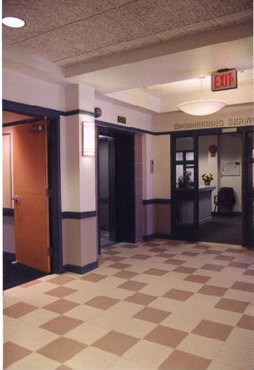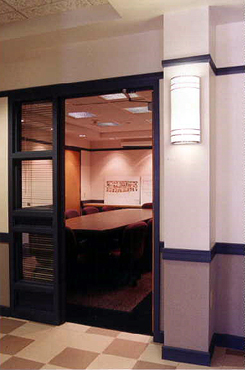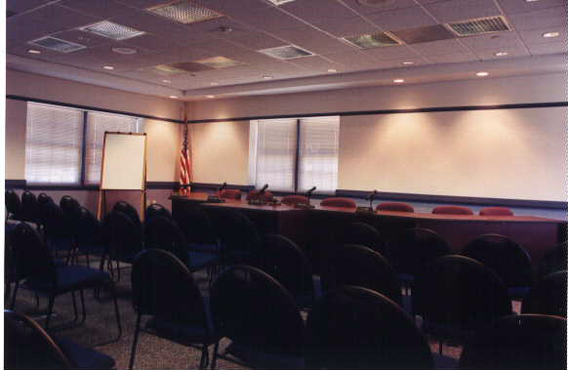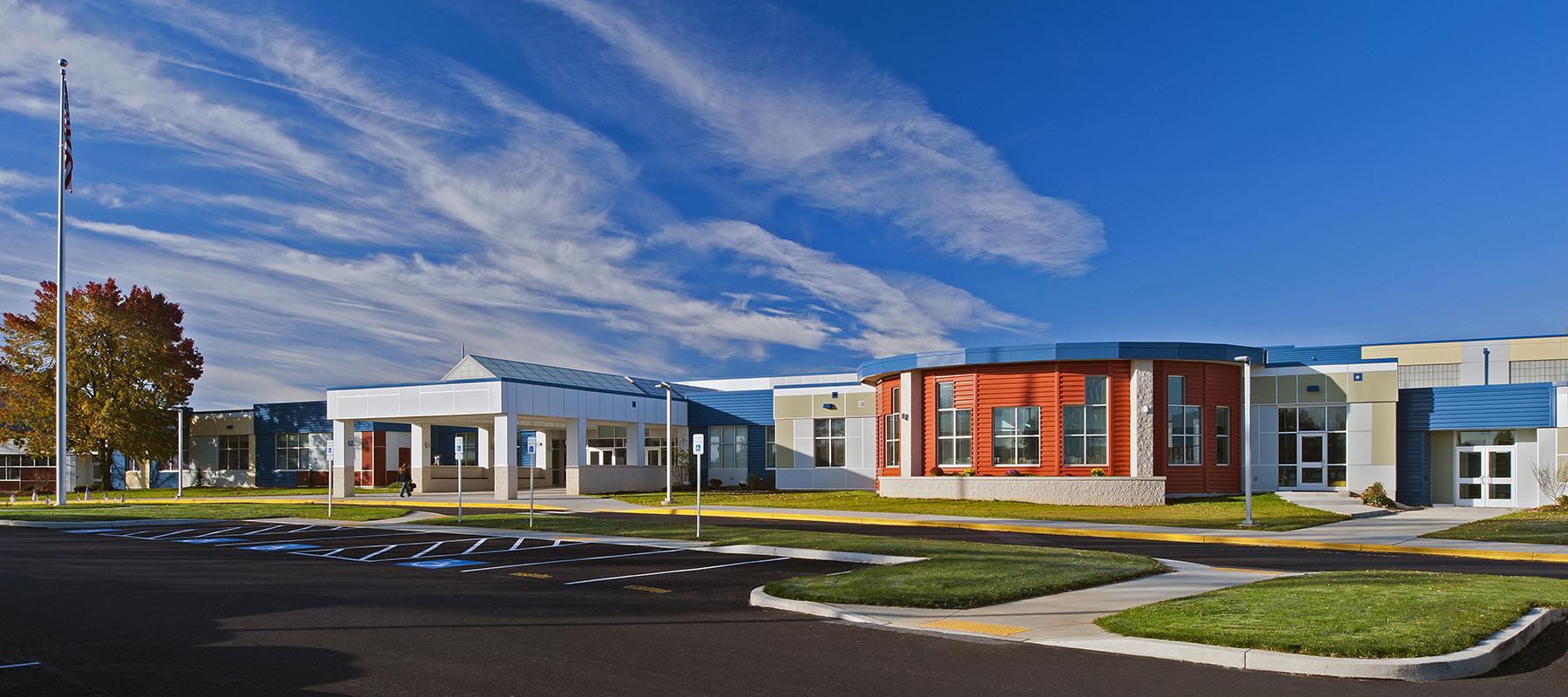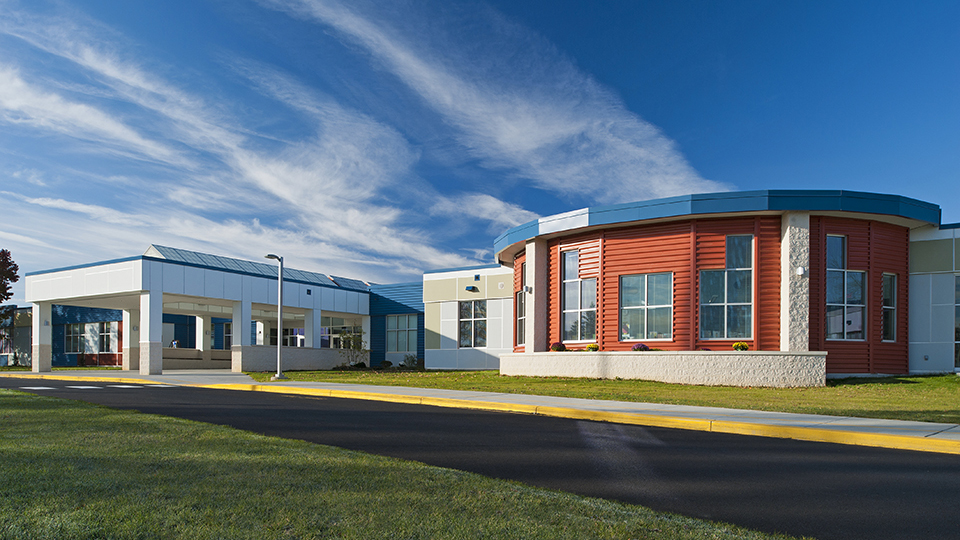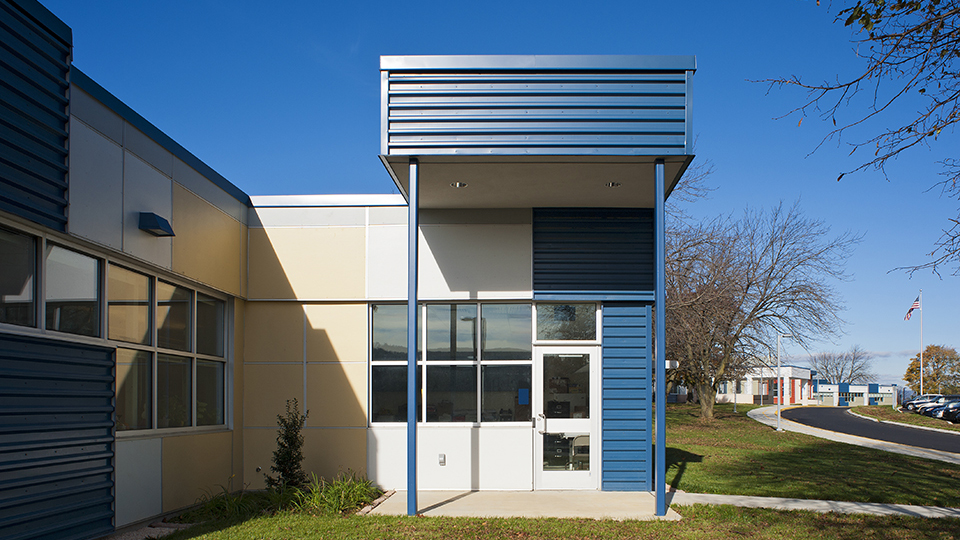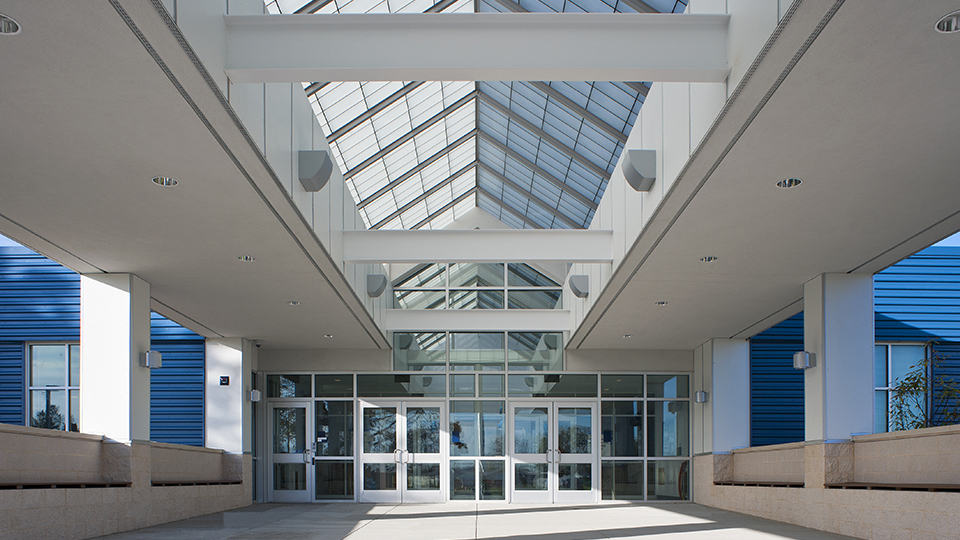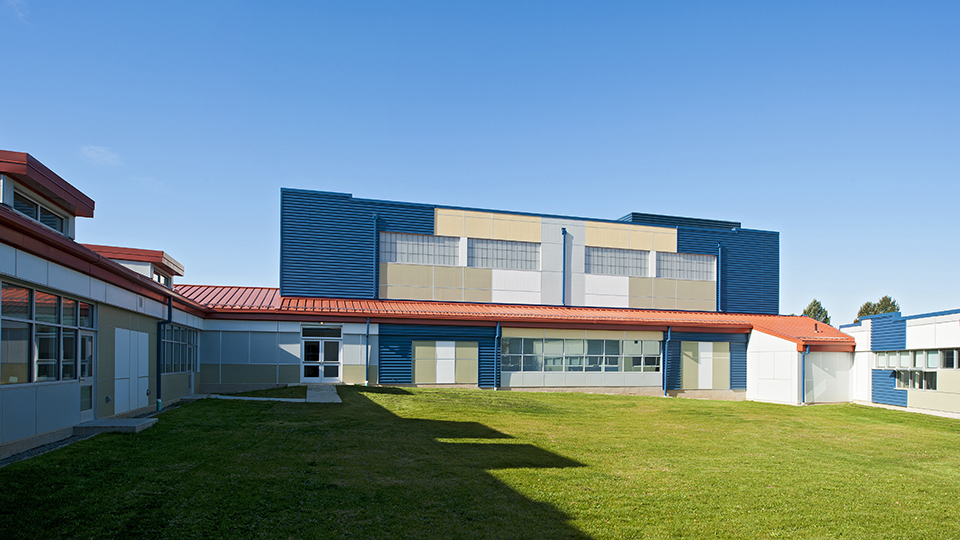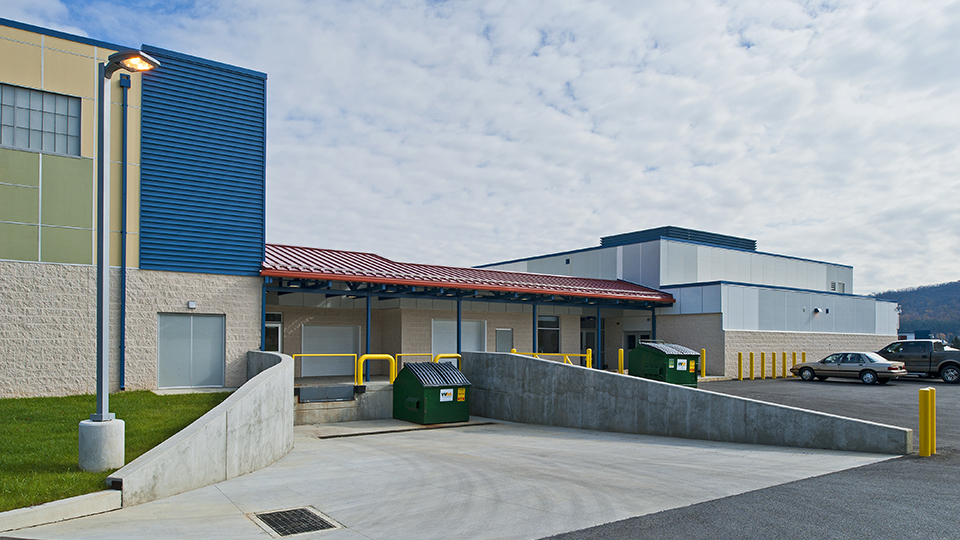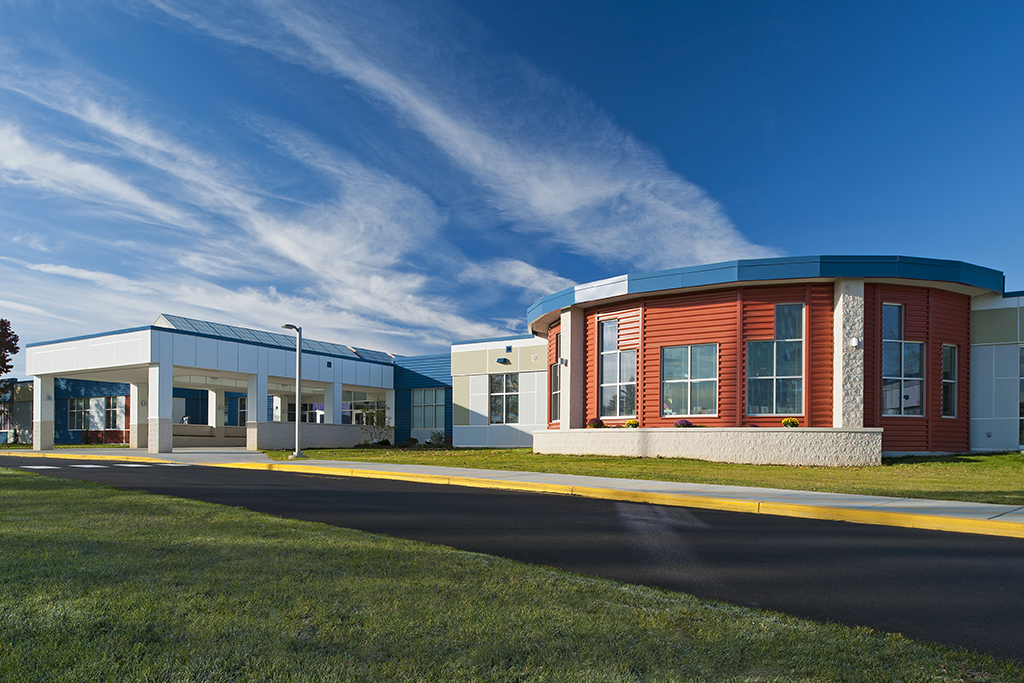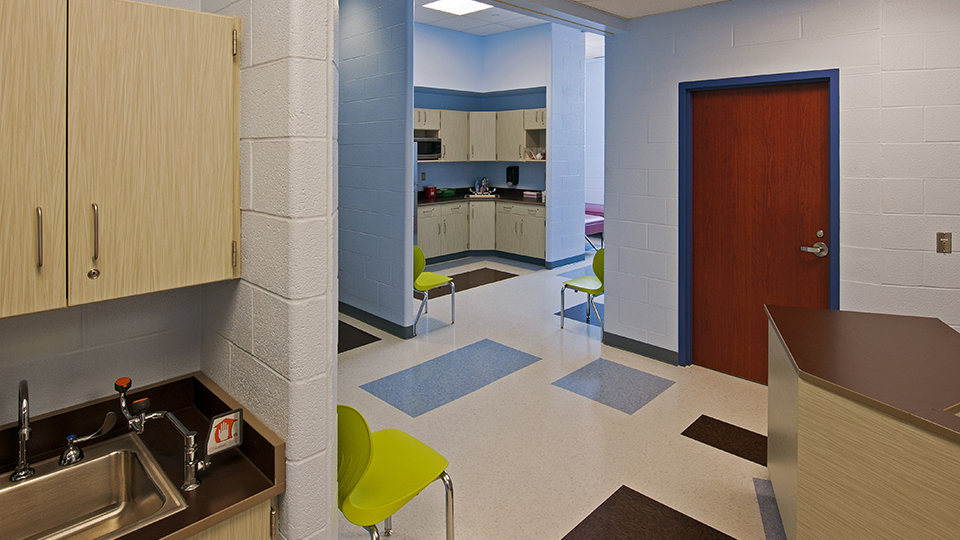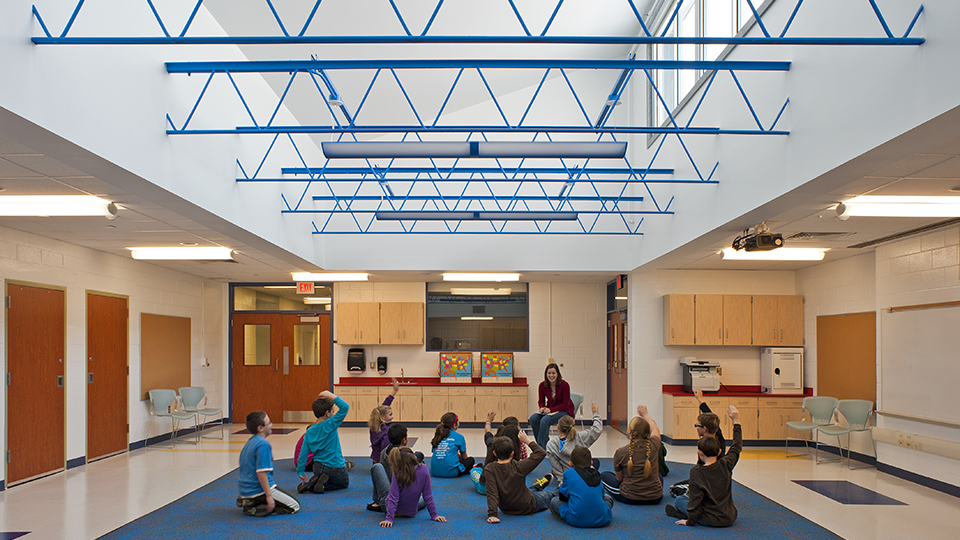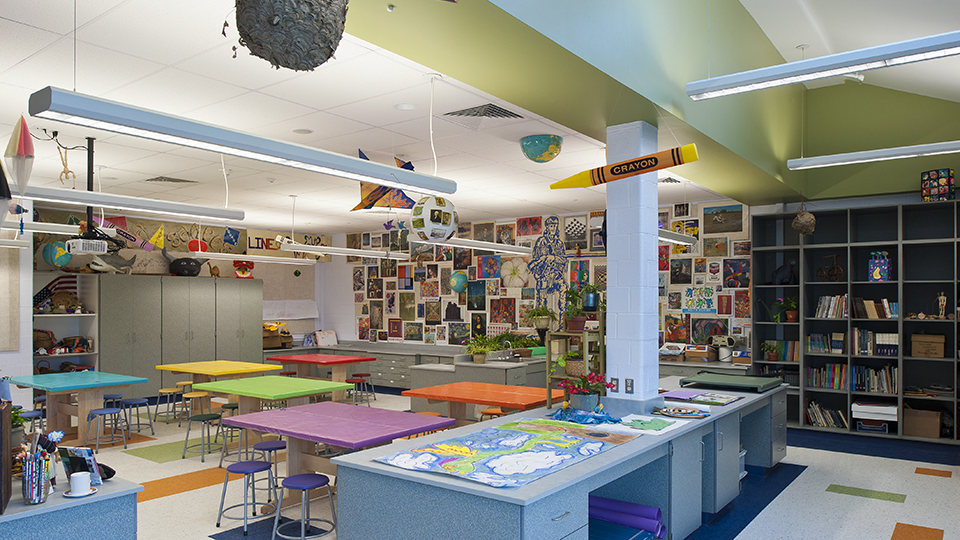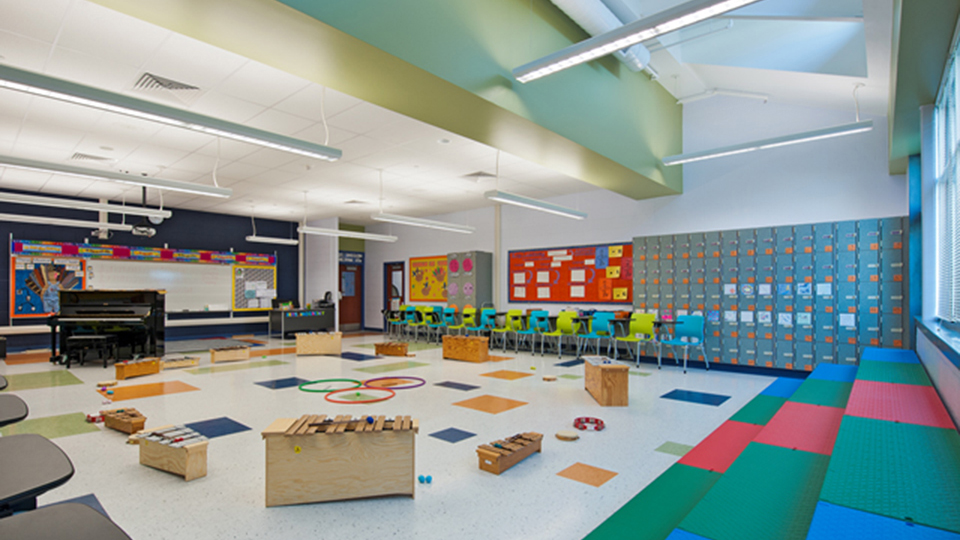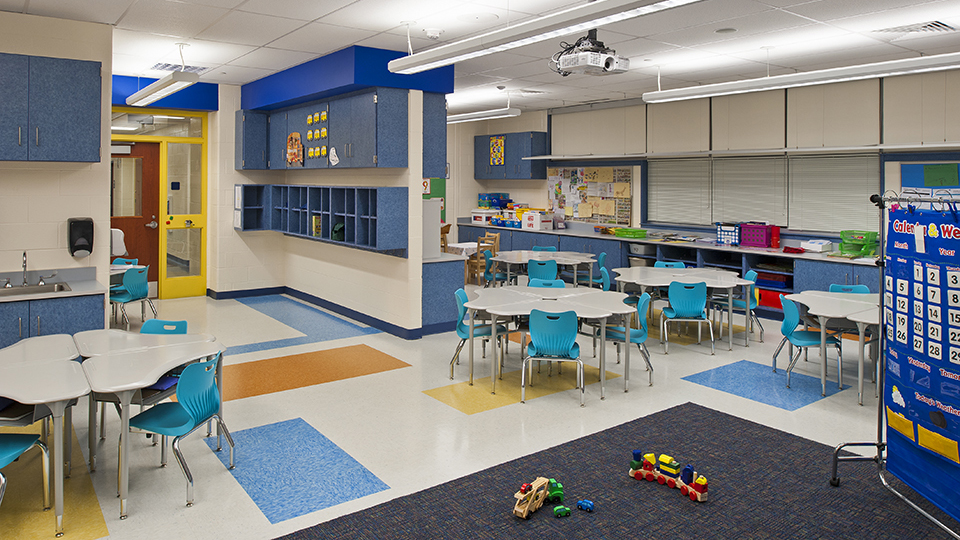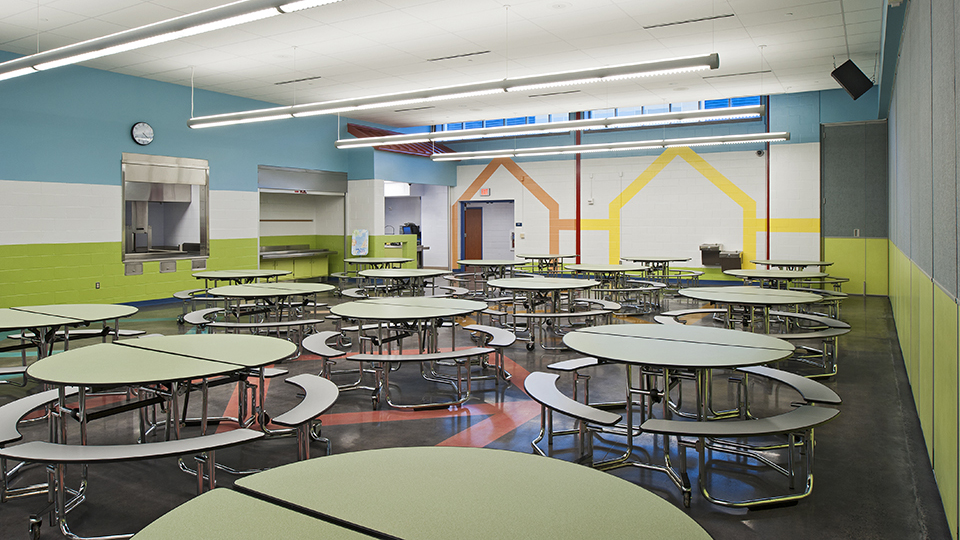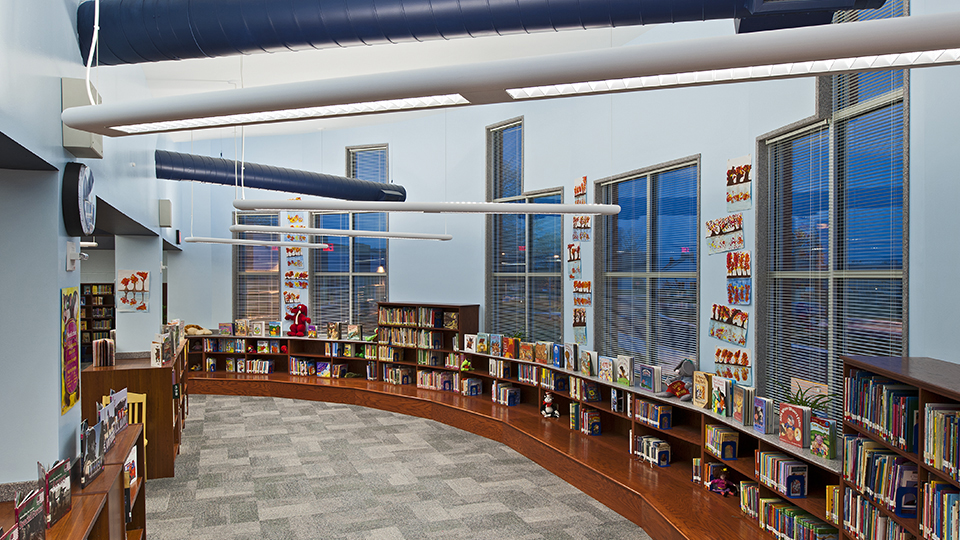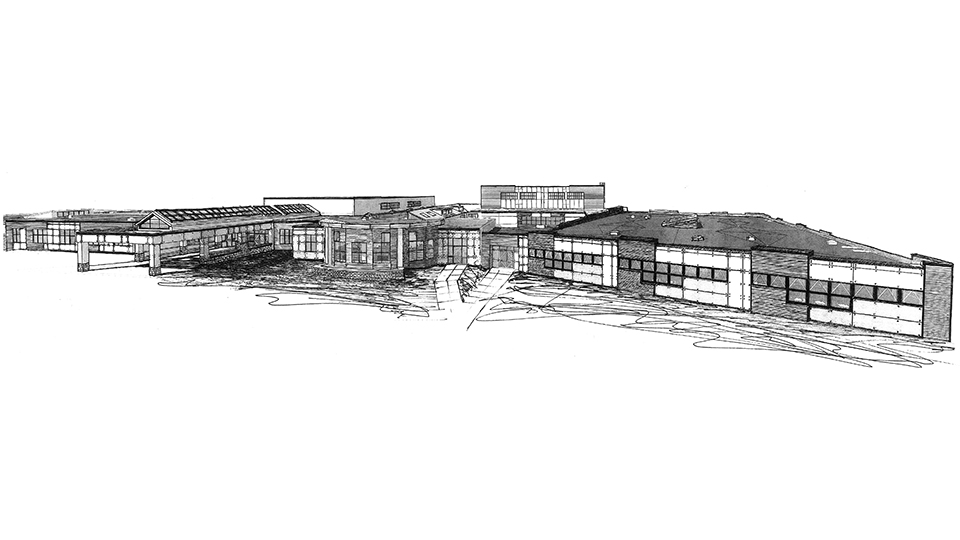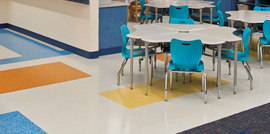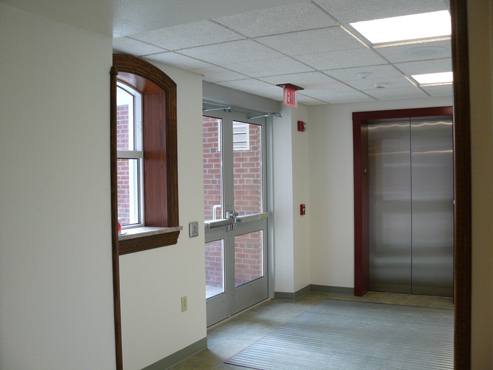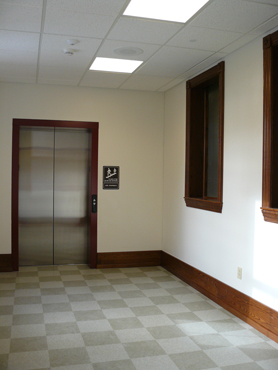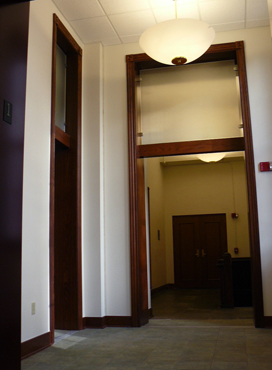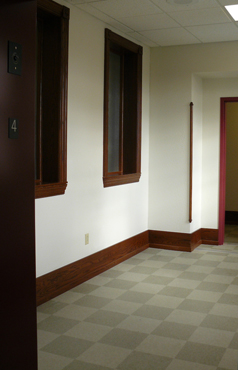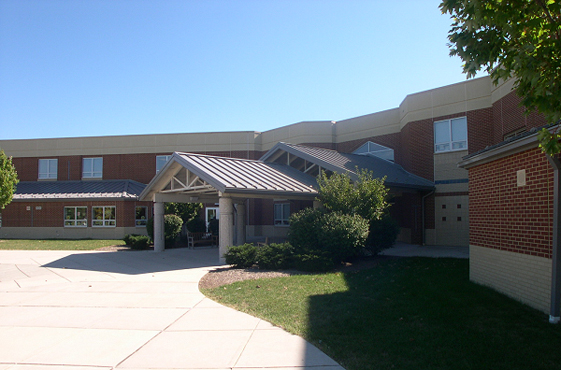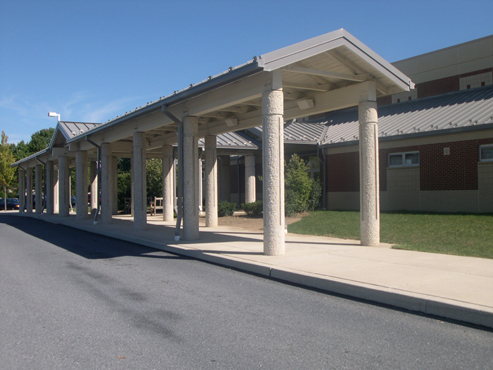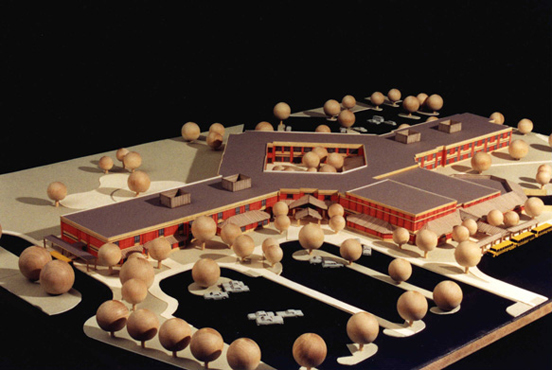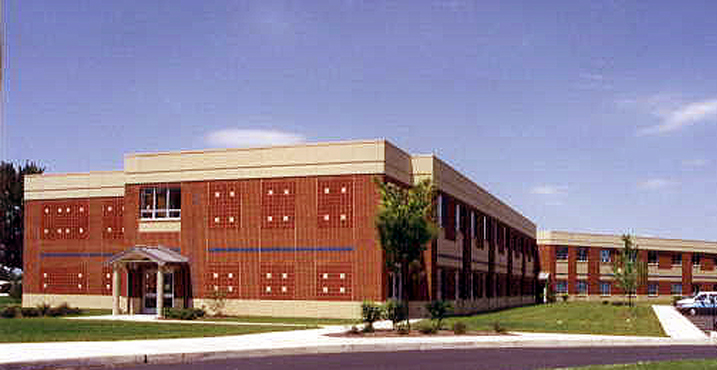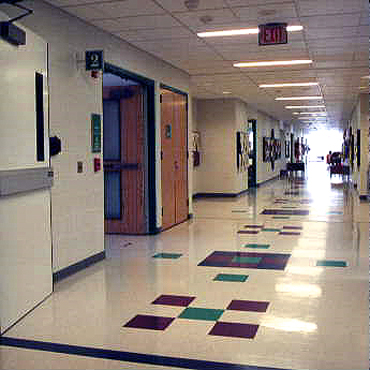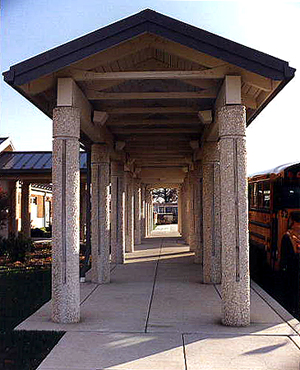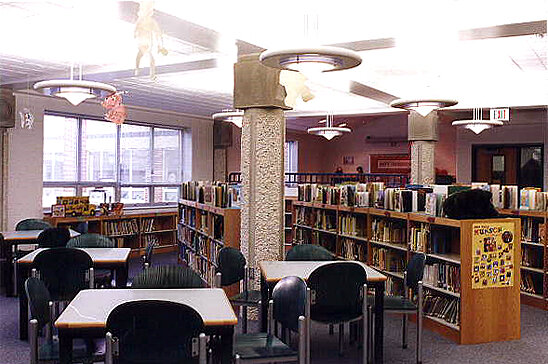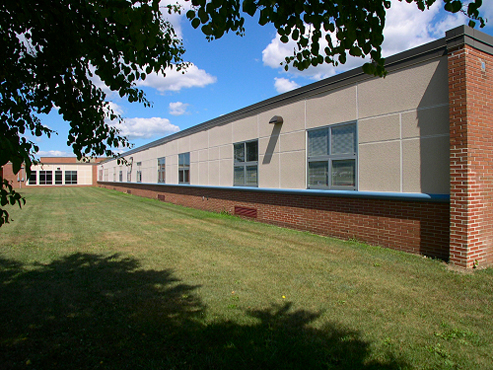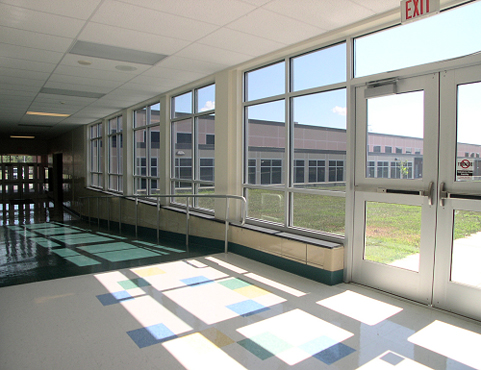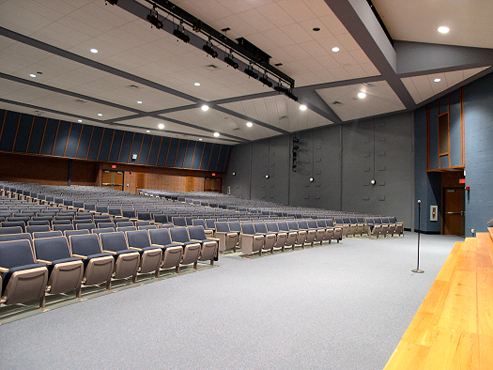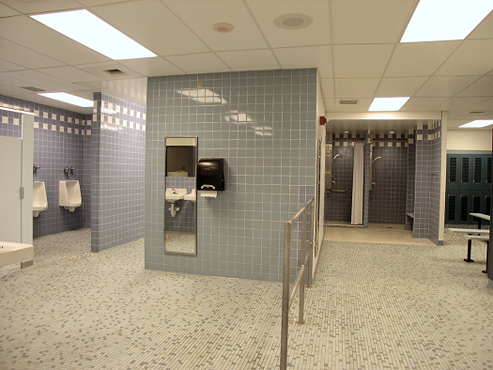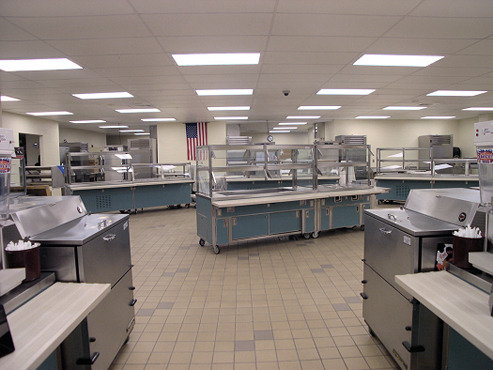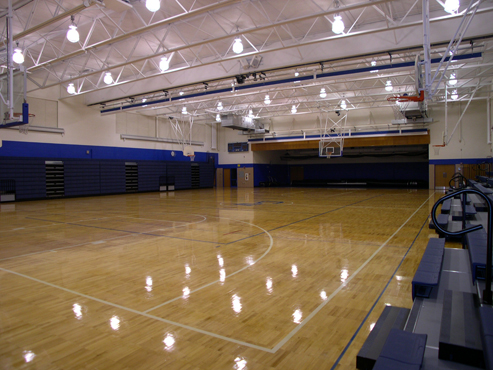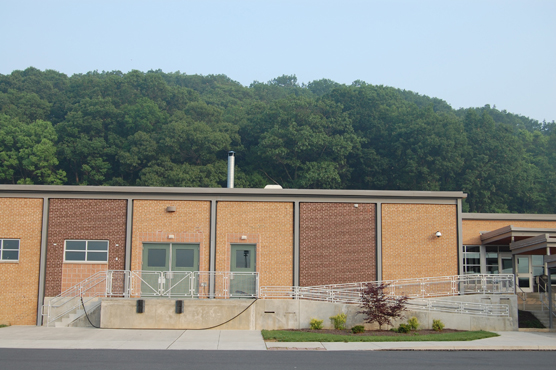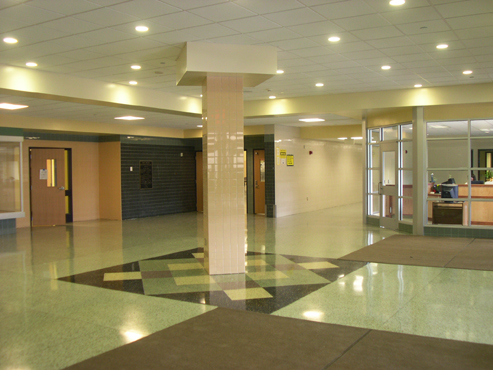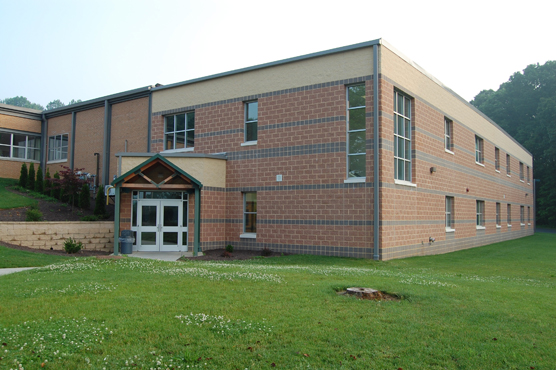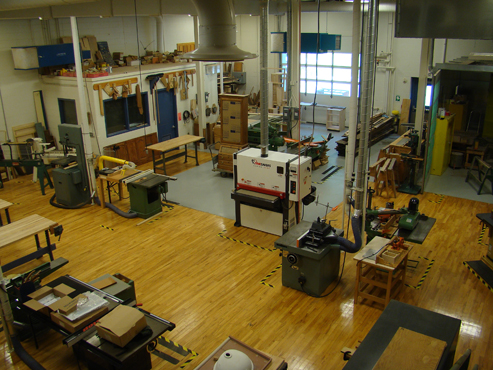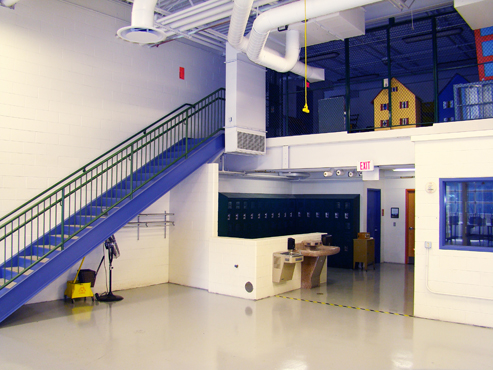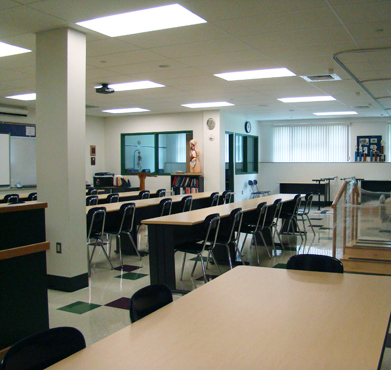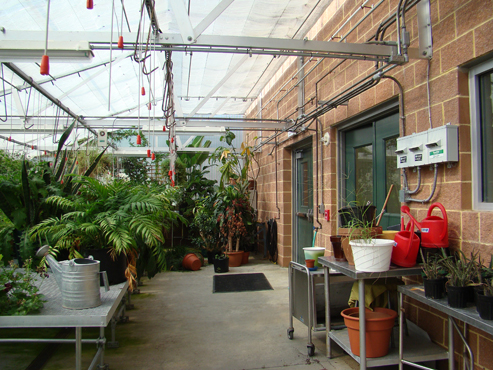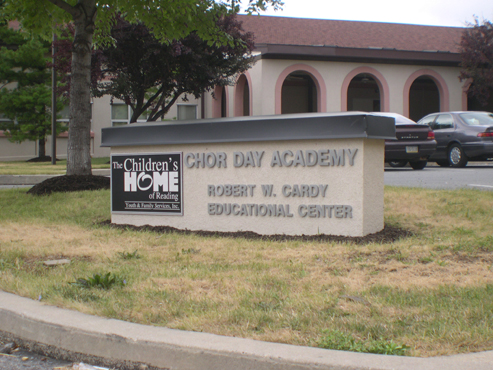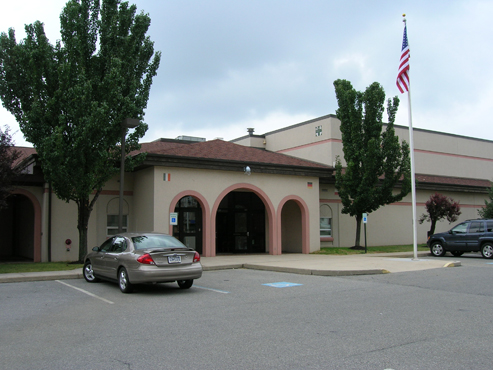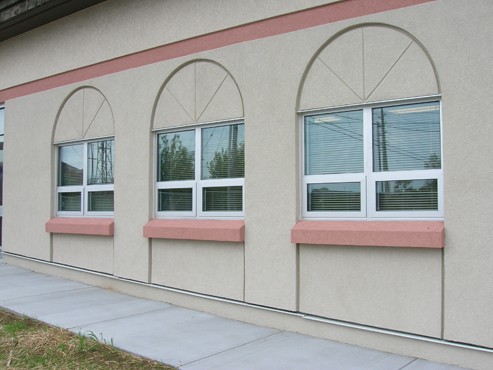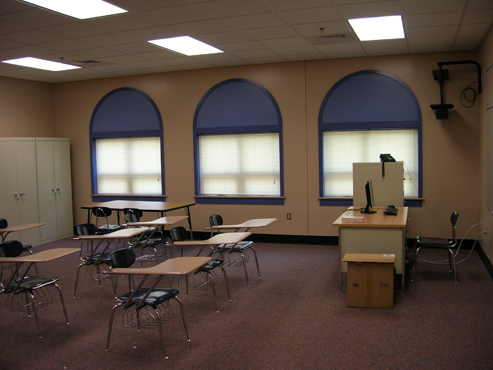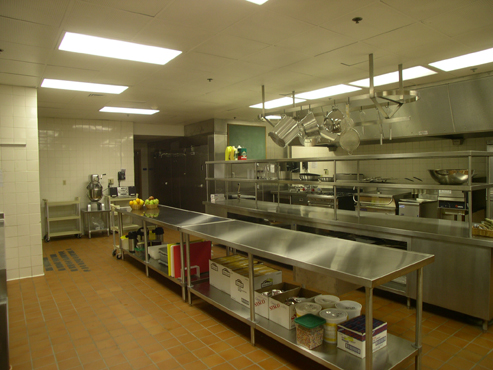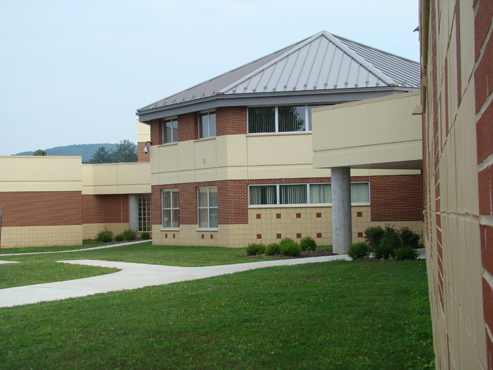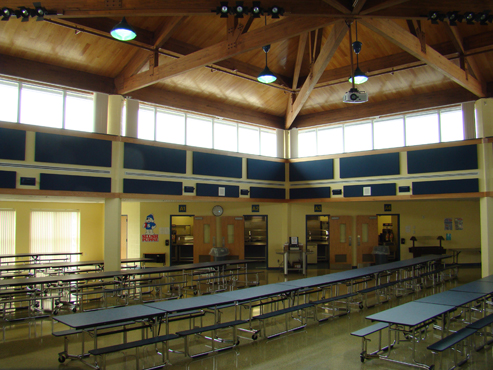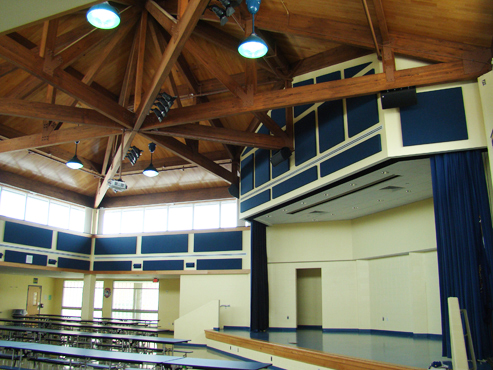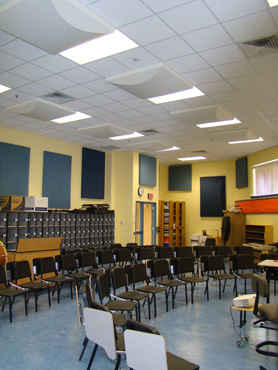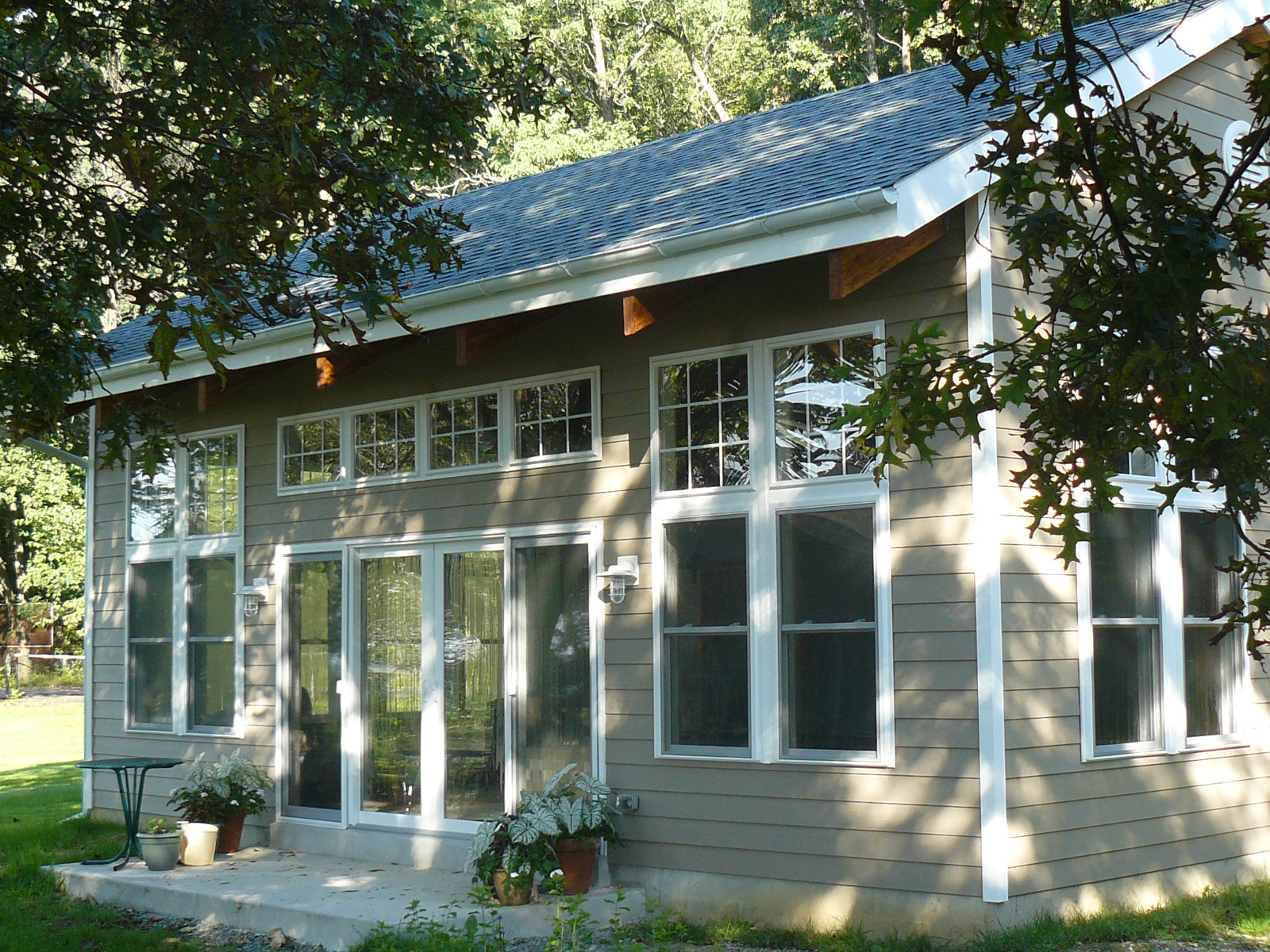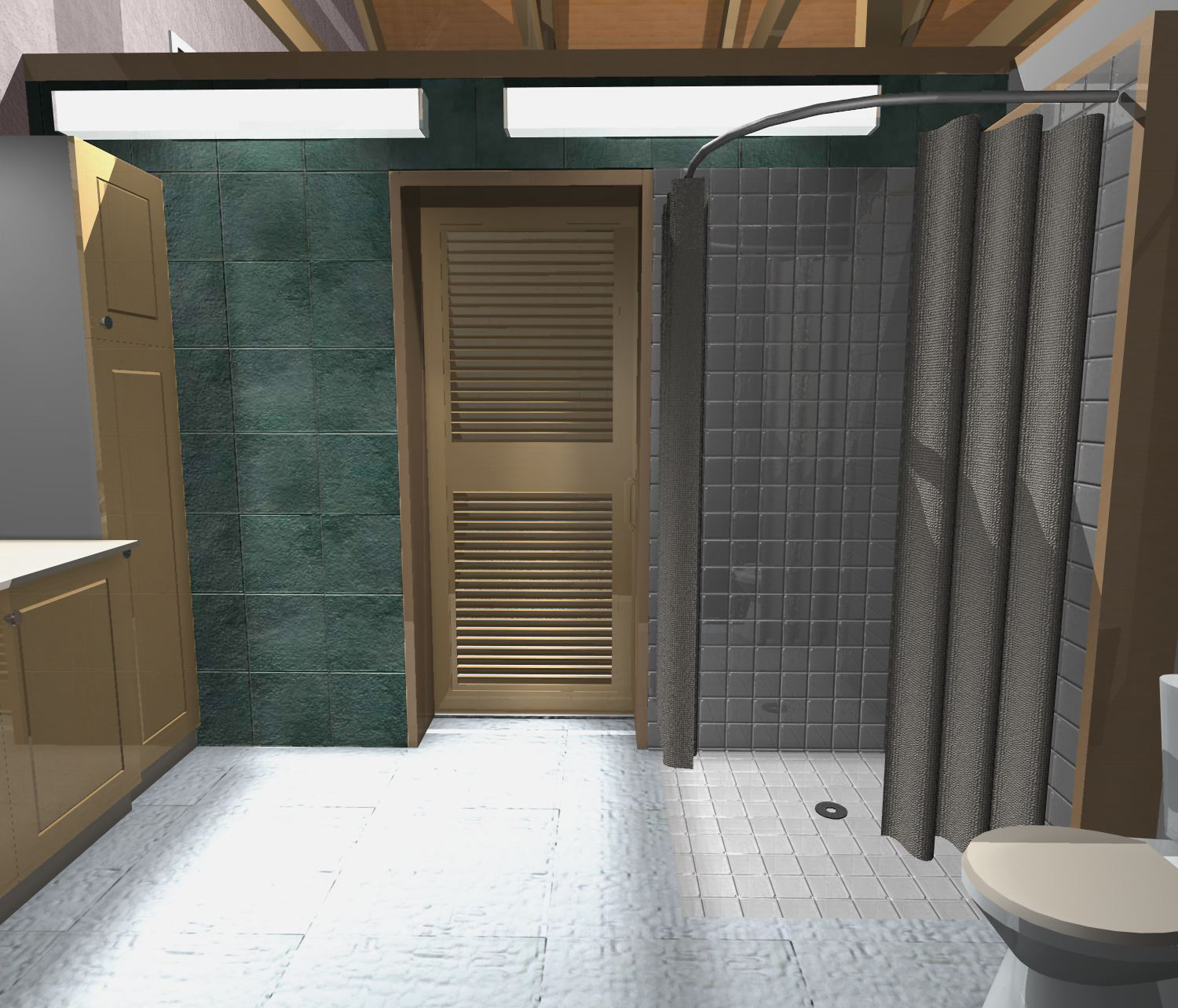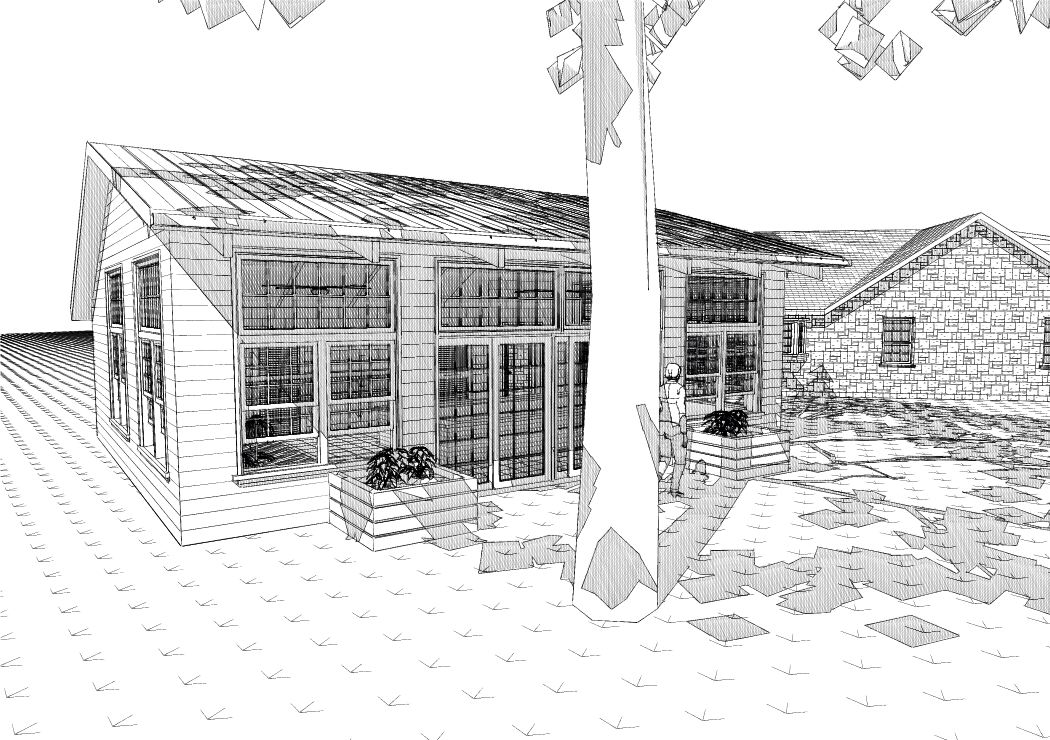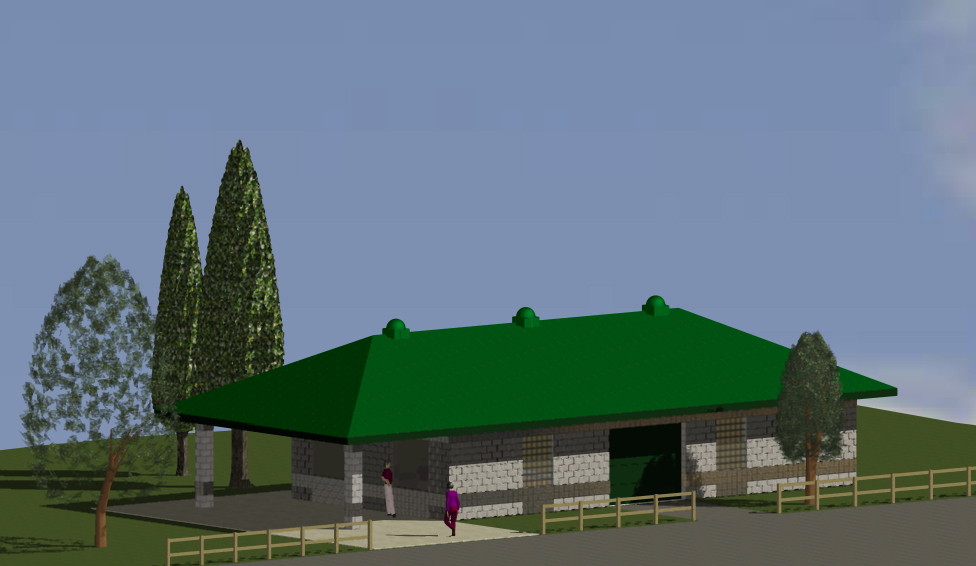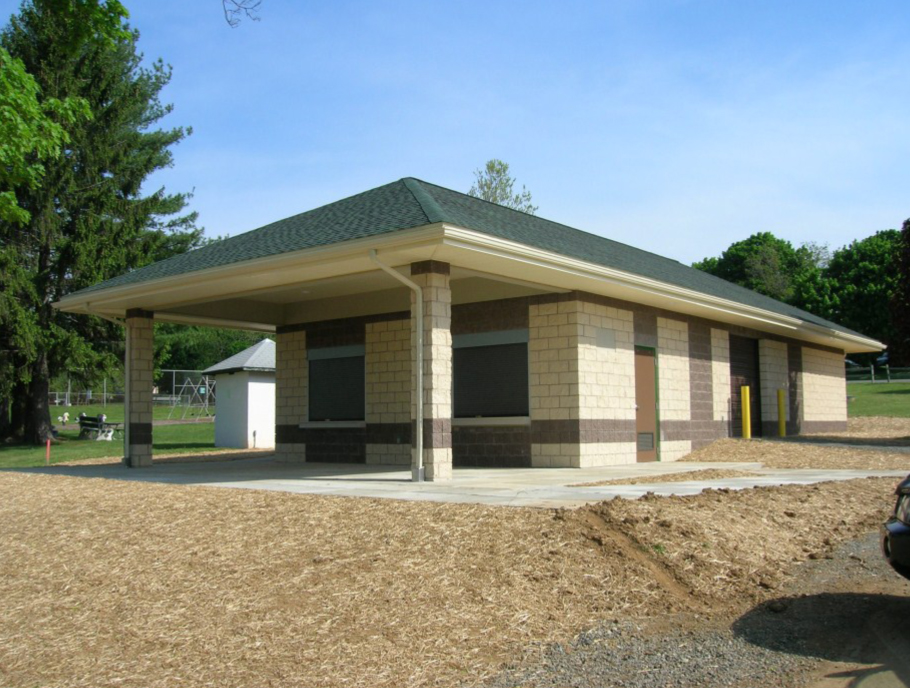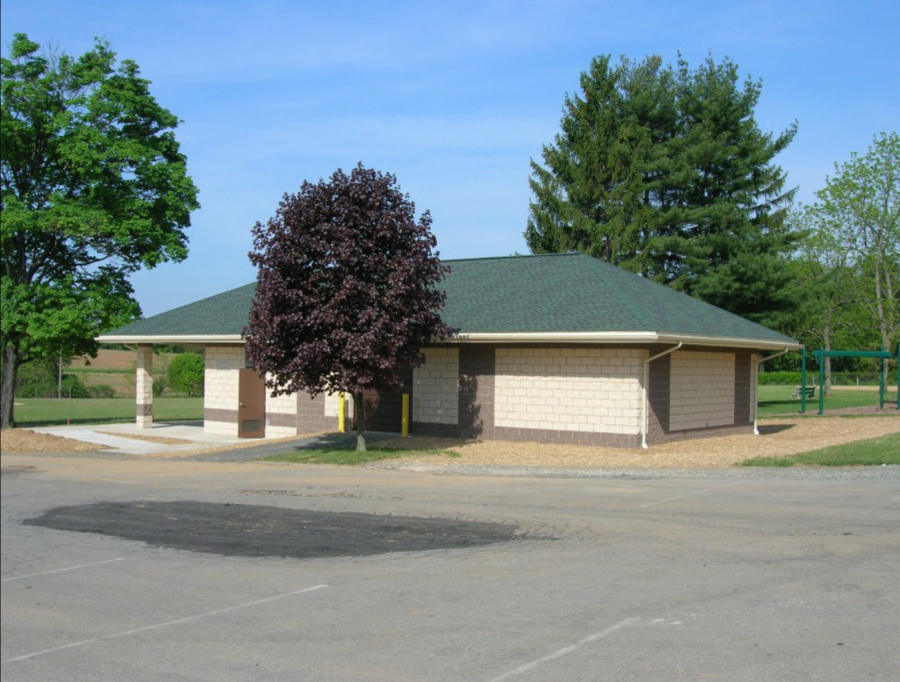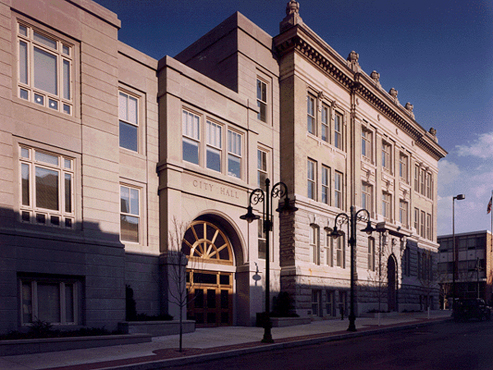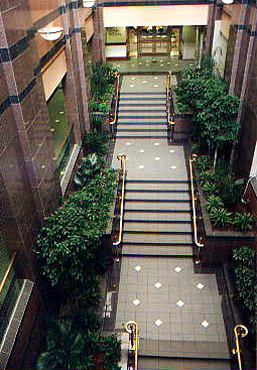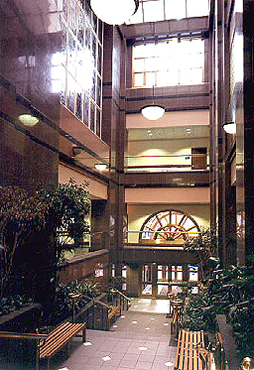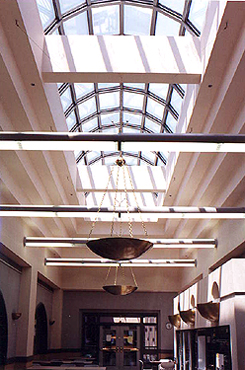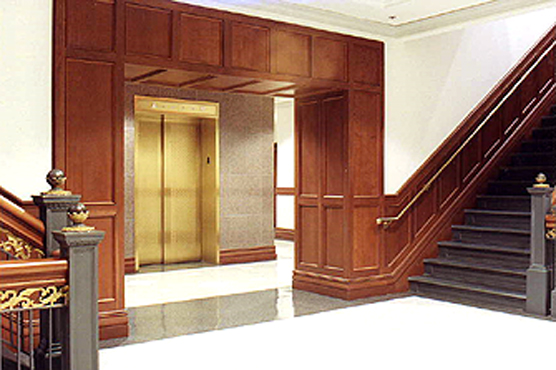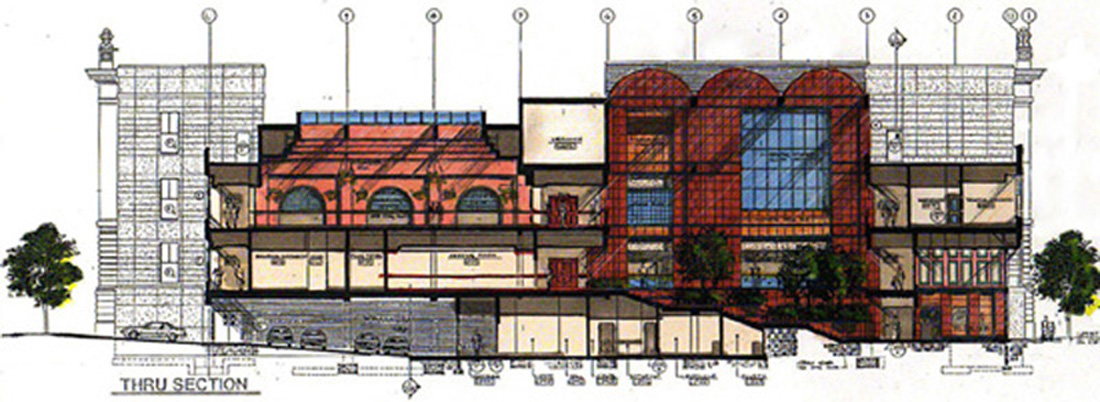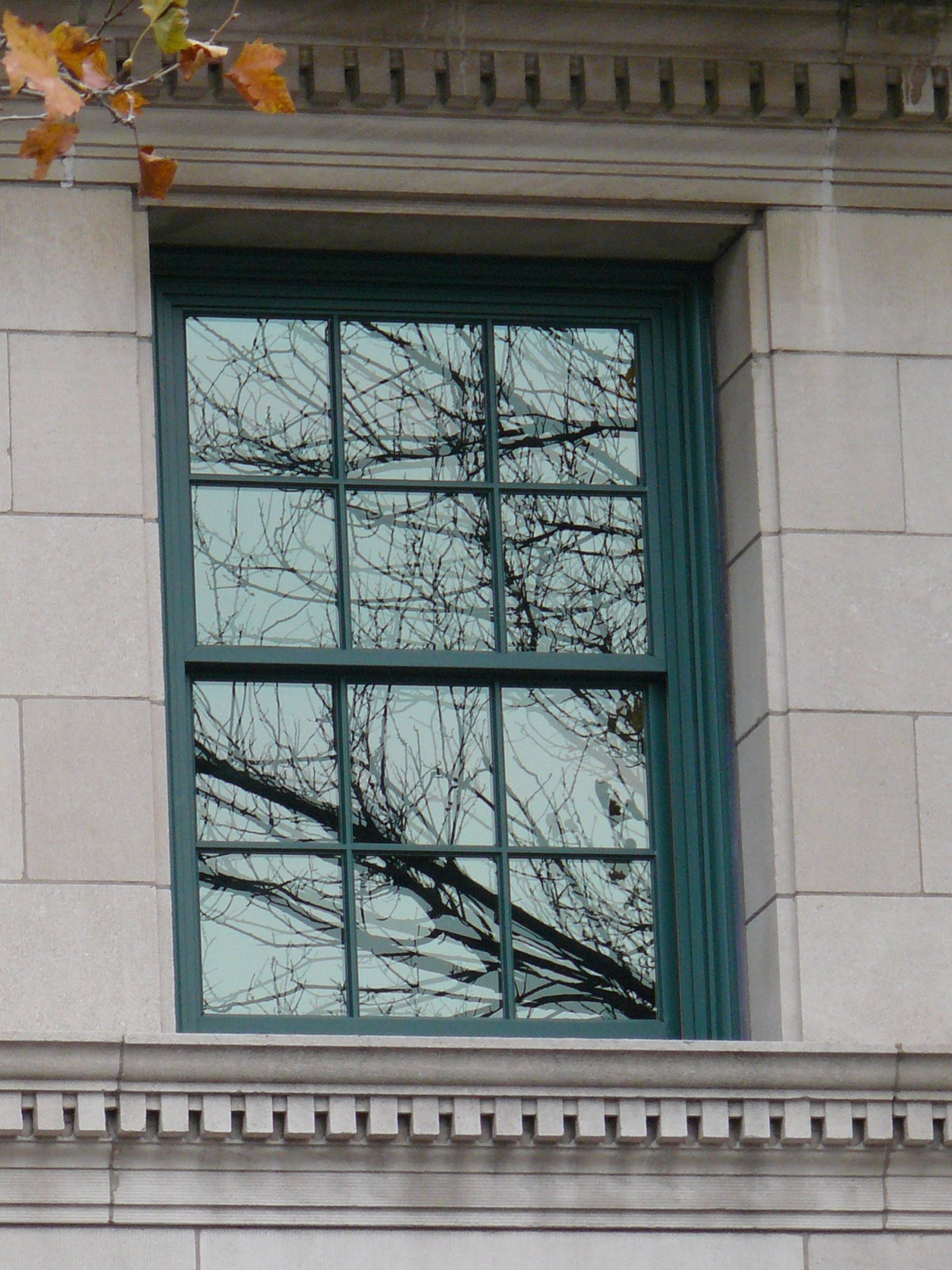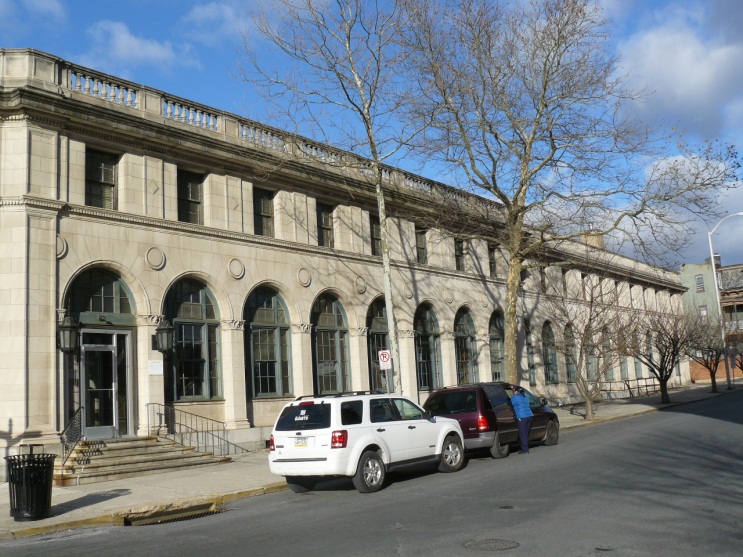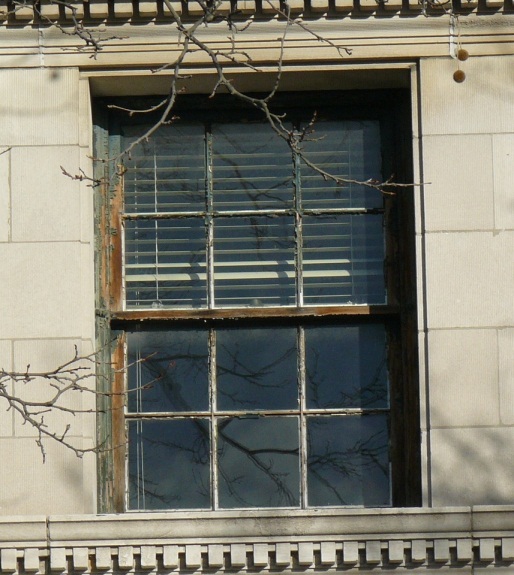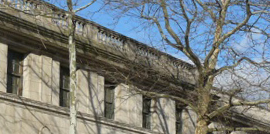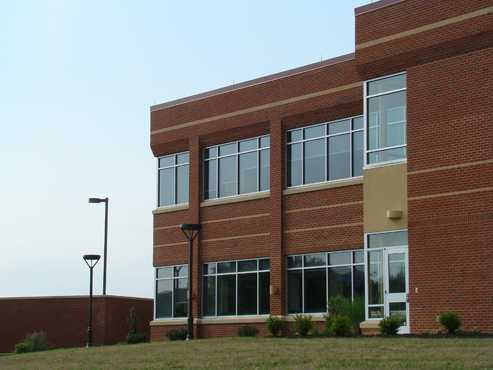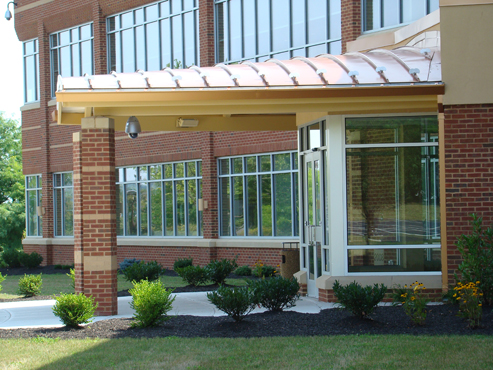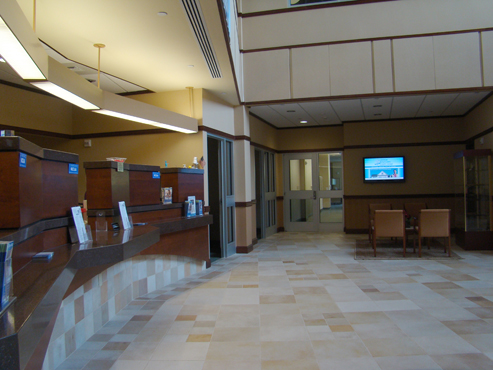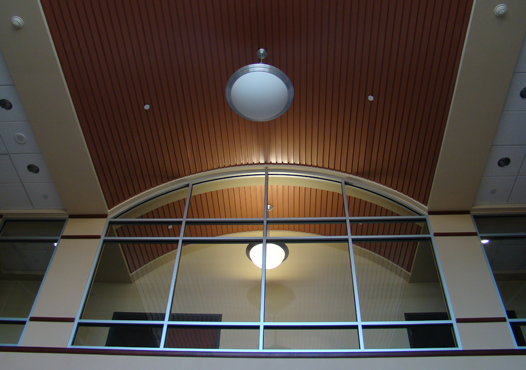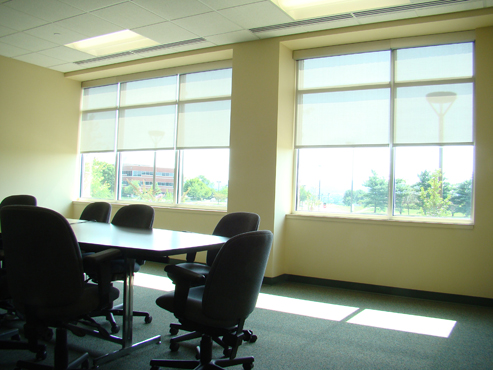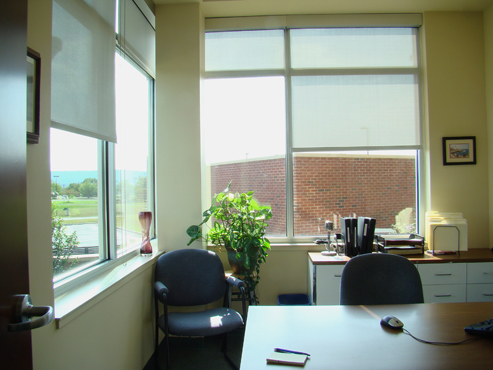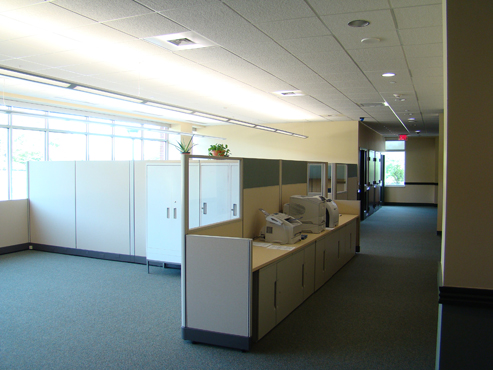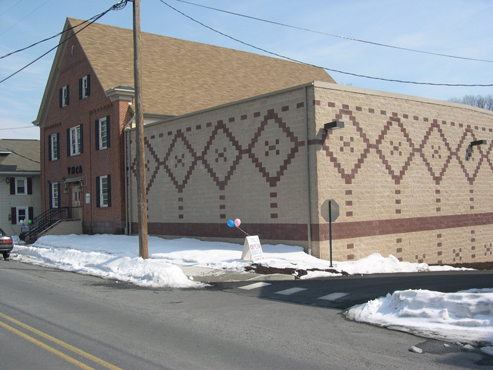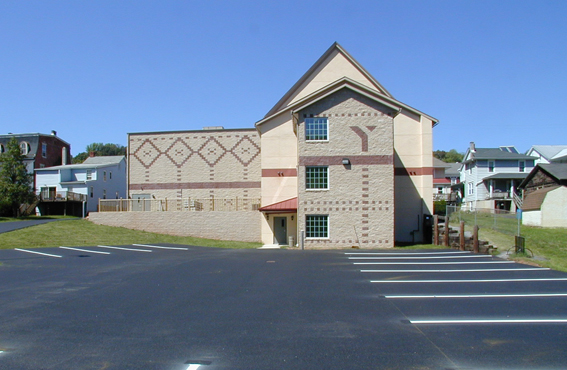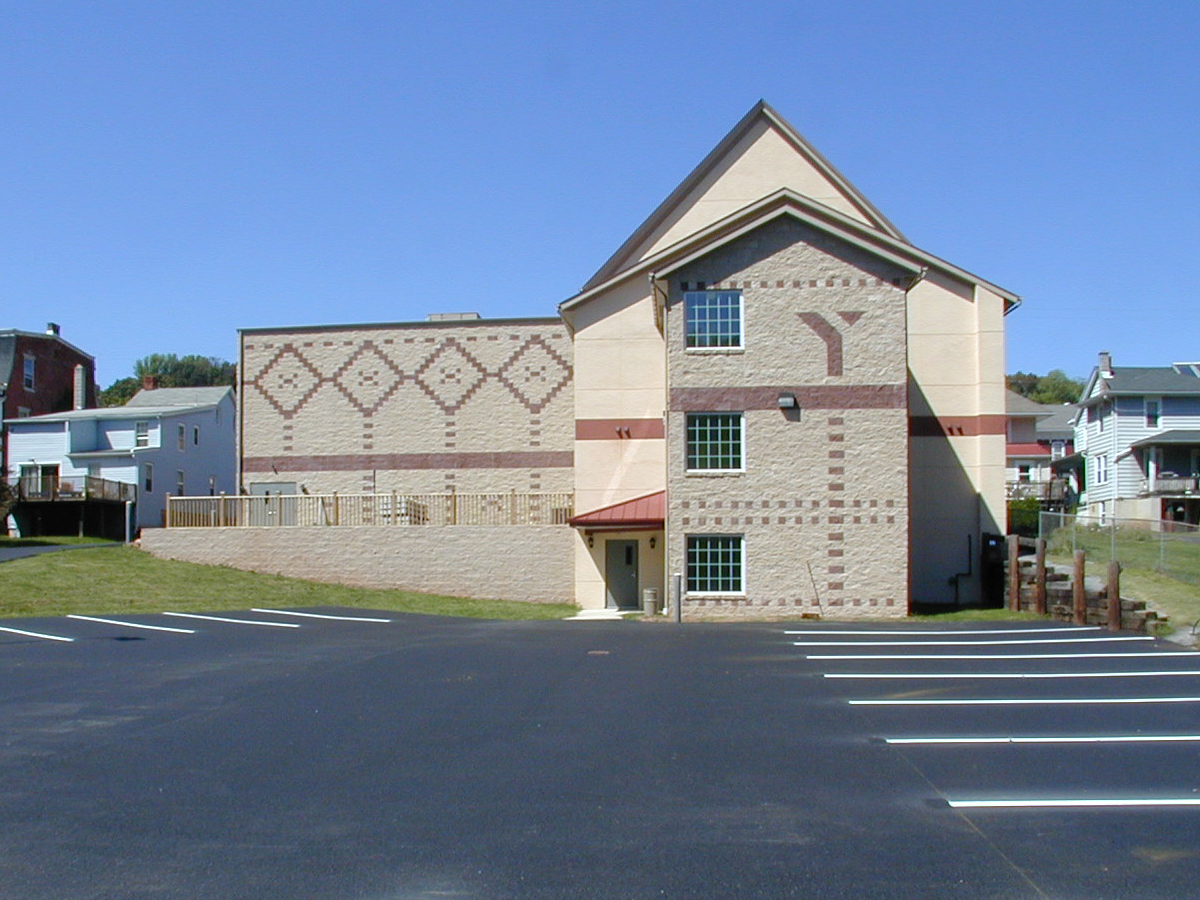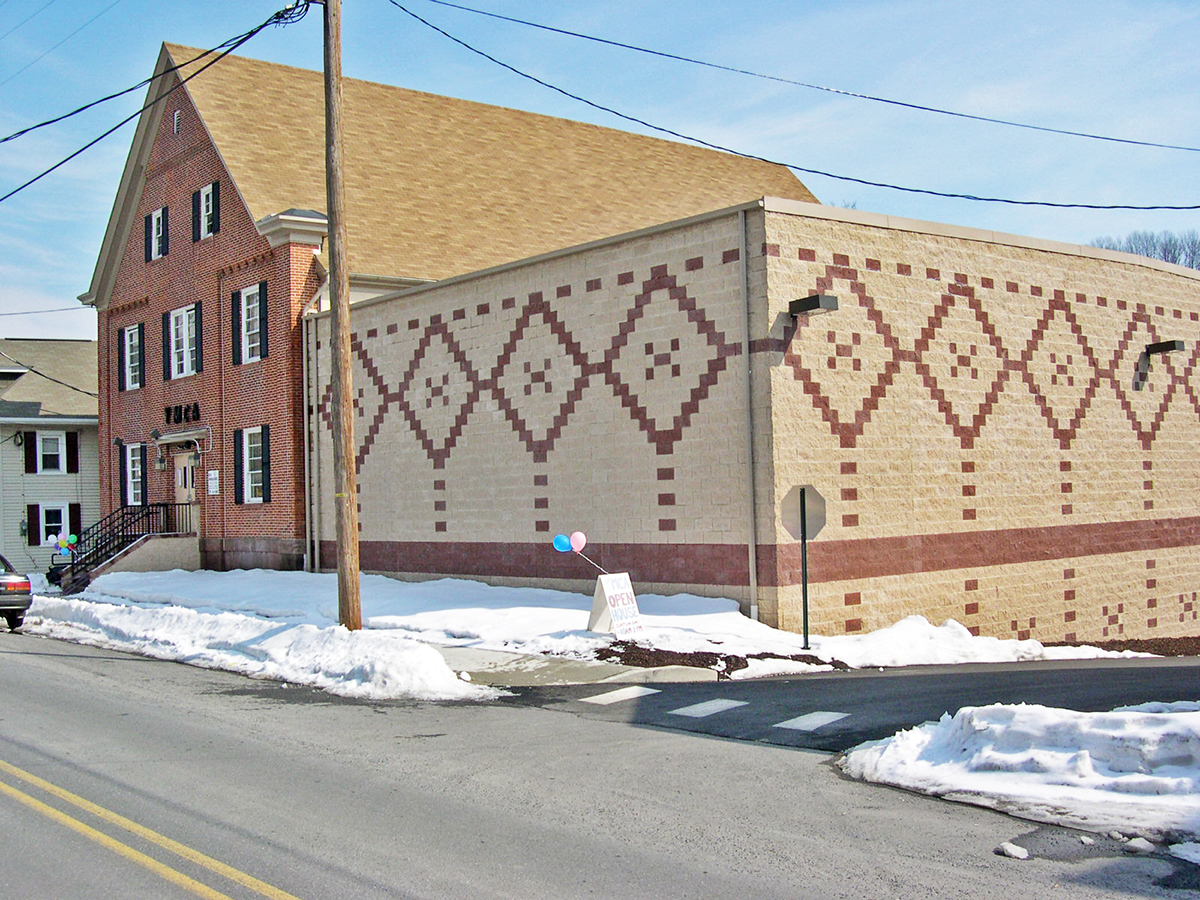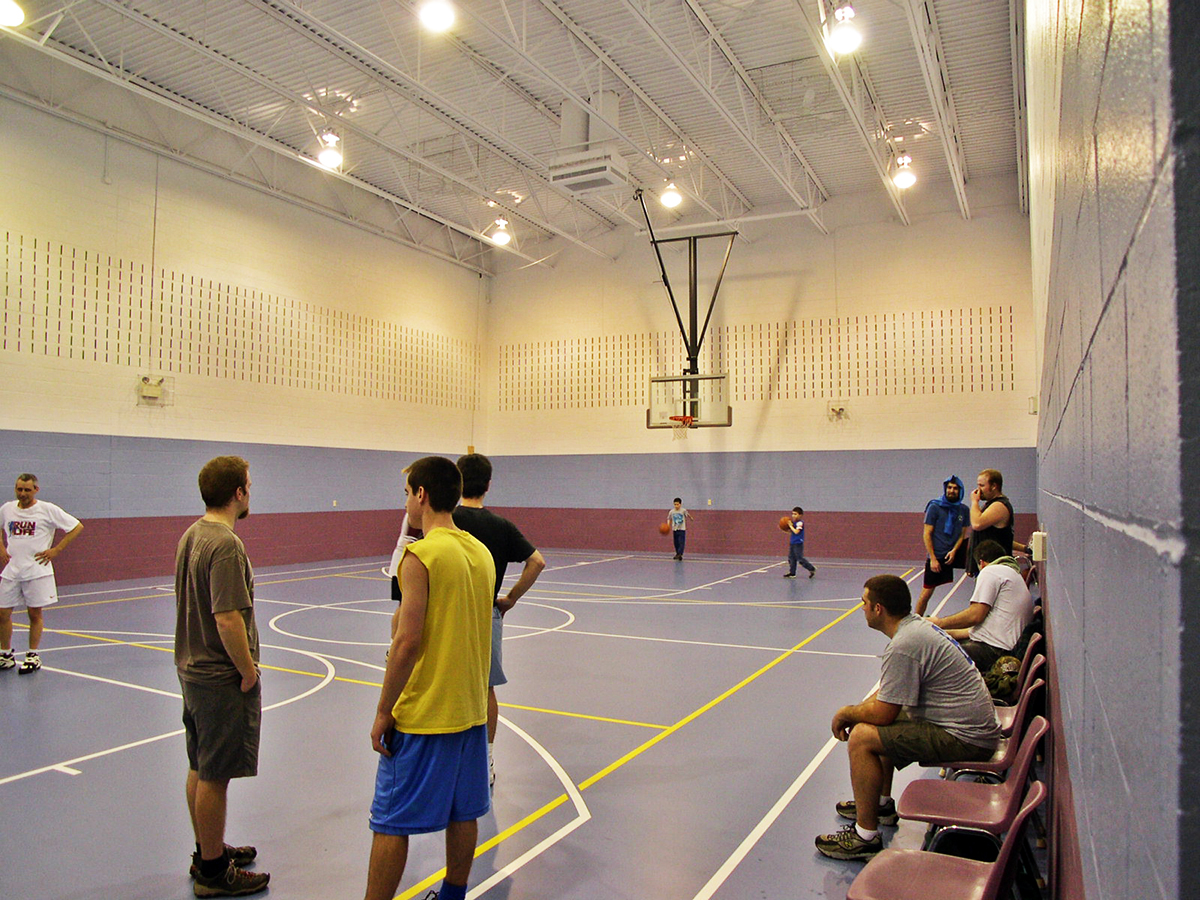Select Completed Projects Portfolio
A sample of our premier and award-winning architectural projects.
Children’s Chapel Doubles as a Multipurpose Function Room
In 2012, the Children’s Home of Reading, in partnership with its donors and capital improvements committee, commissioned Muhlenberg Greene Architects to design a new Chapel addition to CHOR’s Pear Street Cottage building.
The addition was envisioned by its benefactors as a sanctuary for non-denominational worship, meditation and peaceful reflection. In addition, the space was to serve a multi-purpose function for small group activities, family visits, meetings, and music and art therapy sessions. Our challenge was to design a space that served these disparate functions within a small footprint and a modest budget.
To assist CHOR with its fundraising efforts, MG Architects developed conceptual renderings and design drawings for the Chapel that were presented to donors to generate support for the initiative. Over time, we revised our design, and eventually developed construction drawings to build the addition, and in 2016, the project officially broke ground.
The Holleran Chapel was delivered as a design/build project in conjunction with Associated Construction & Management Corporation (ACM), for whom we prepared detailed construction drawings and specifications. MG Architects also assisted ACM with bidding support and construction administration services throughout the construction phase. Mechanical and Electrical design services were provided by others, and MG Architects provided in-house structural design.
The Holleran Chapel, housing the Arthur L. Schott Sanctuary, was completed and dedicated in 2017. It continues to serve the residents and staff of the CHOR as a spiritual refuge and gathering place.
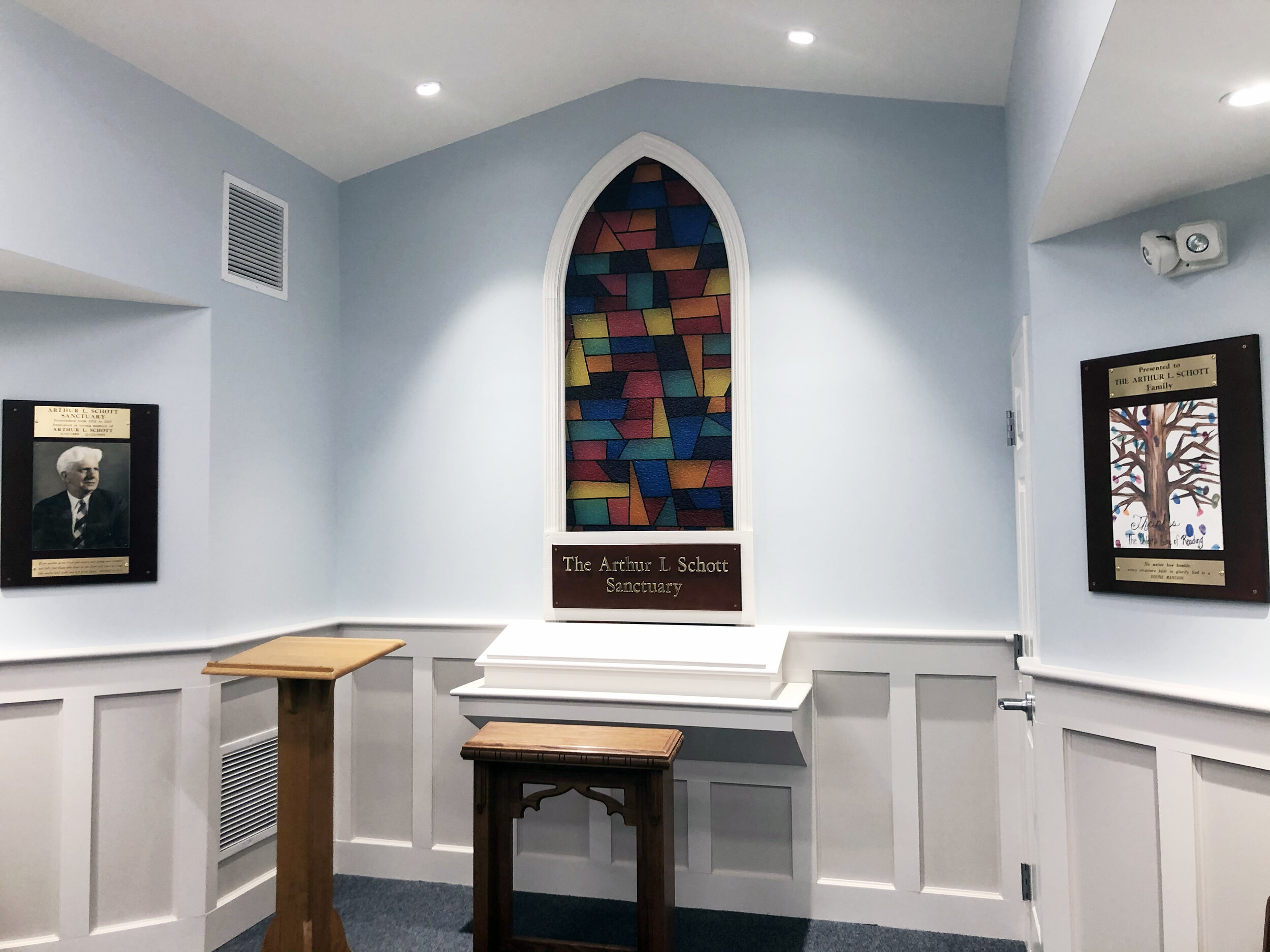
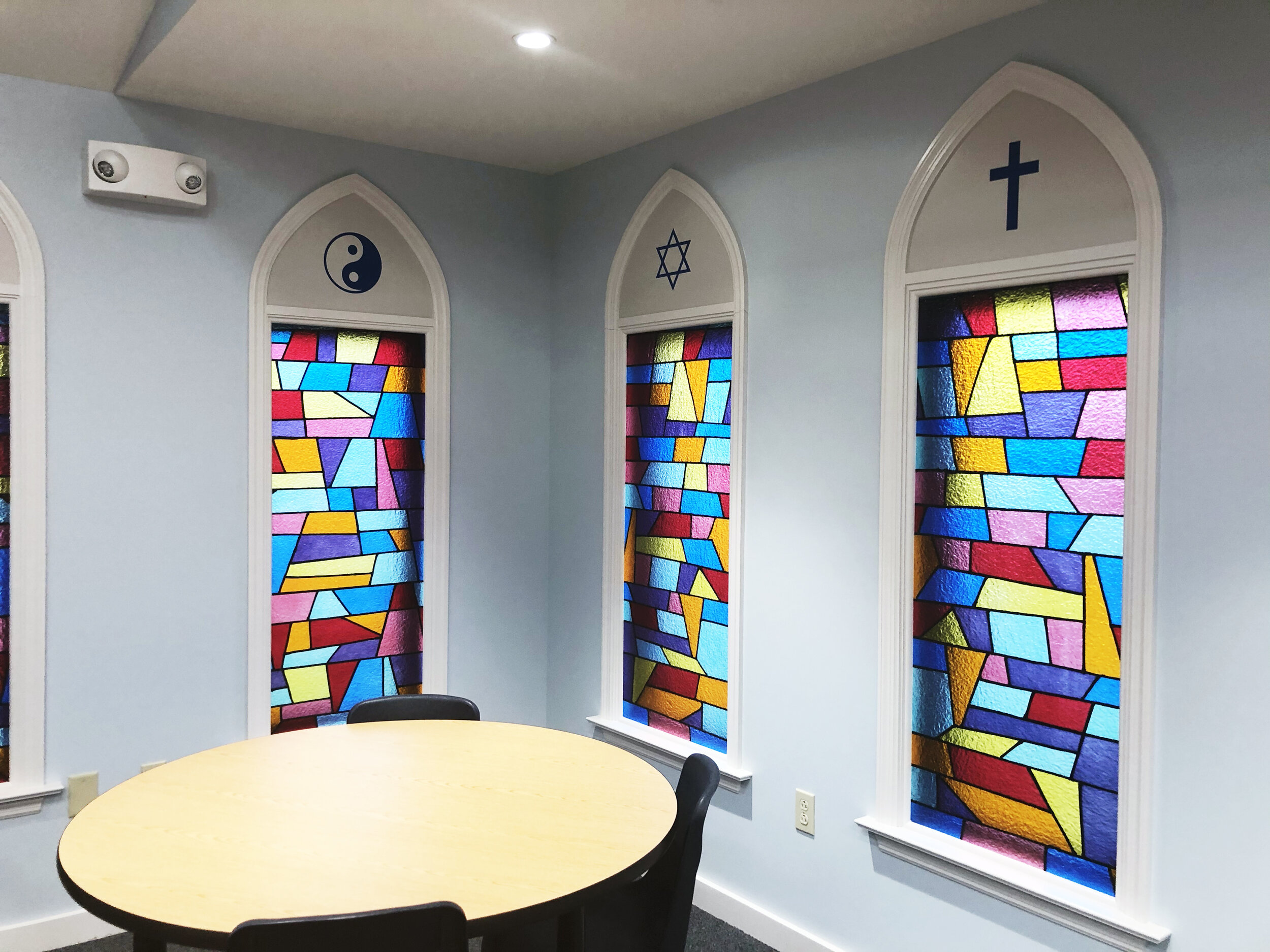
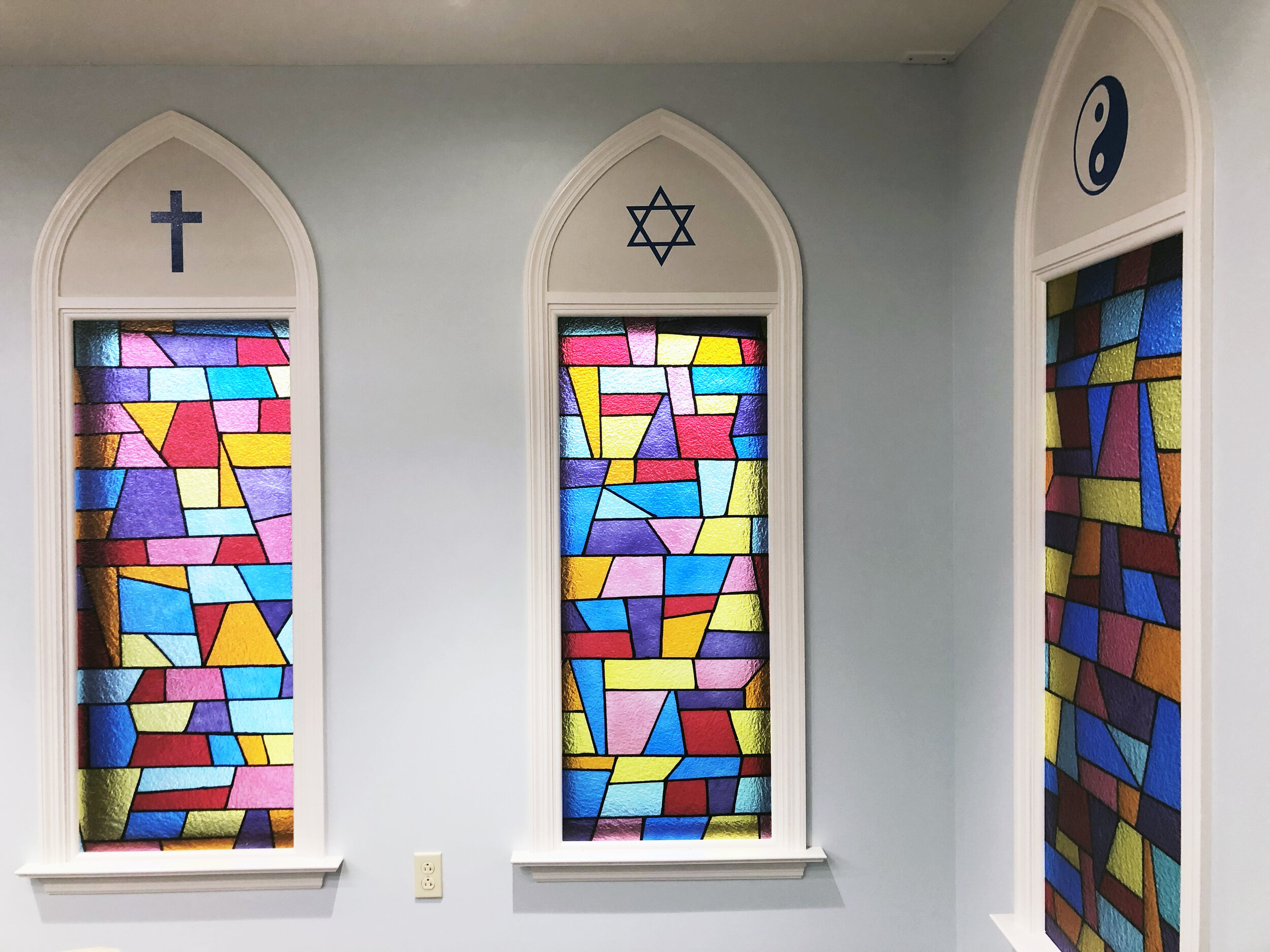
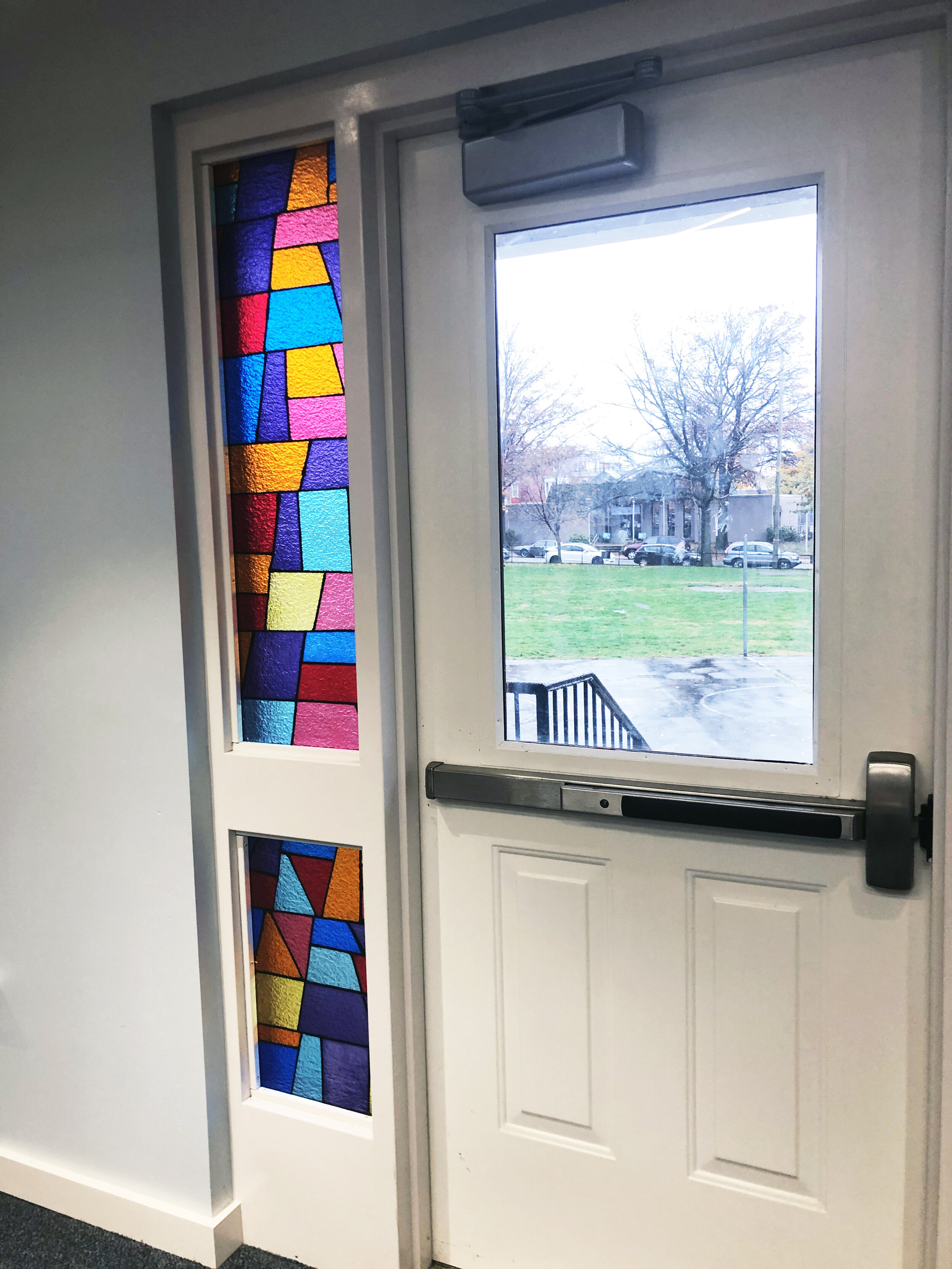



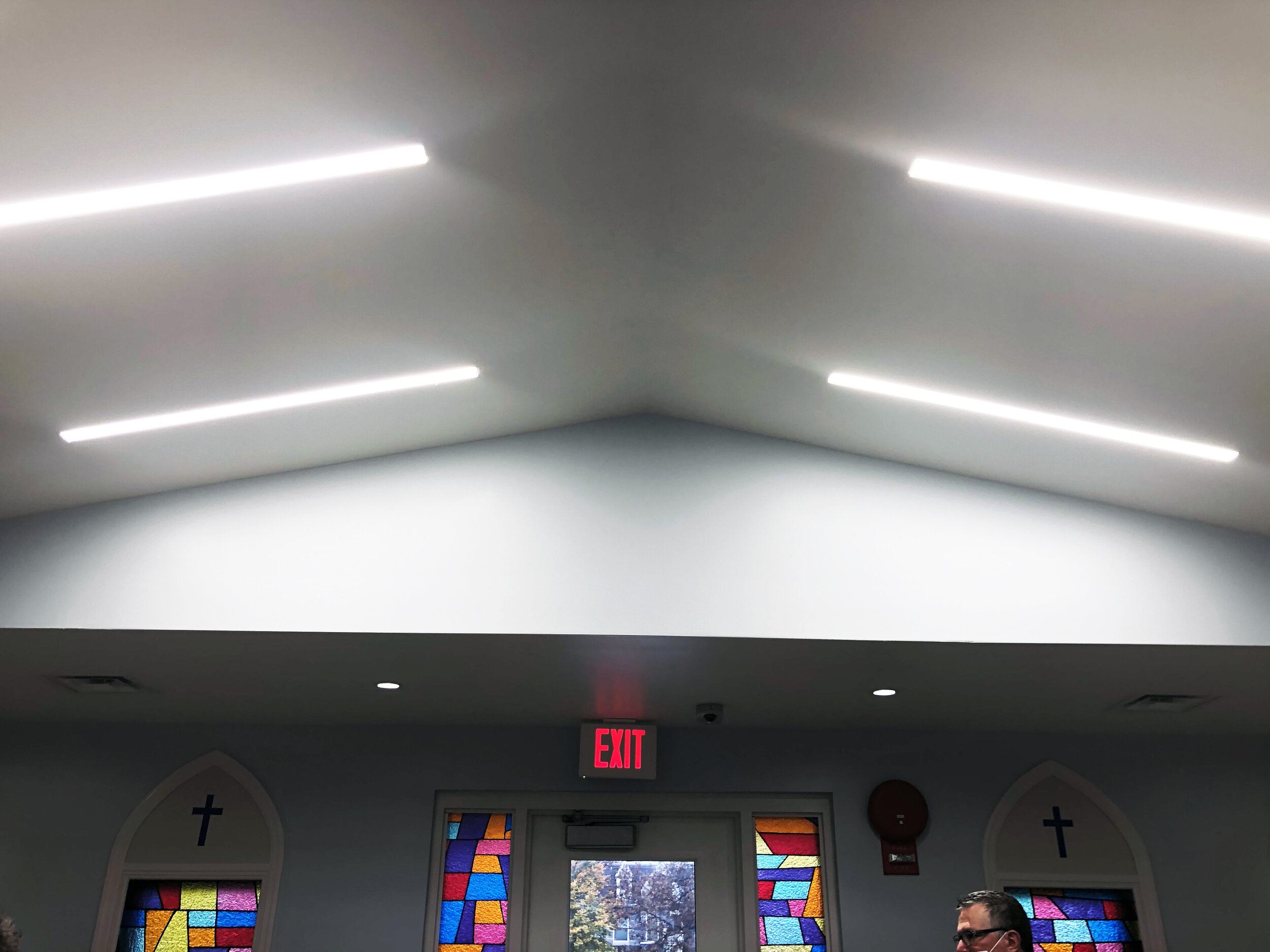
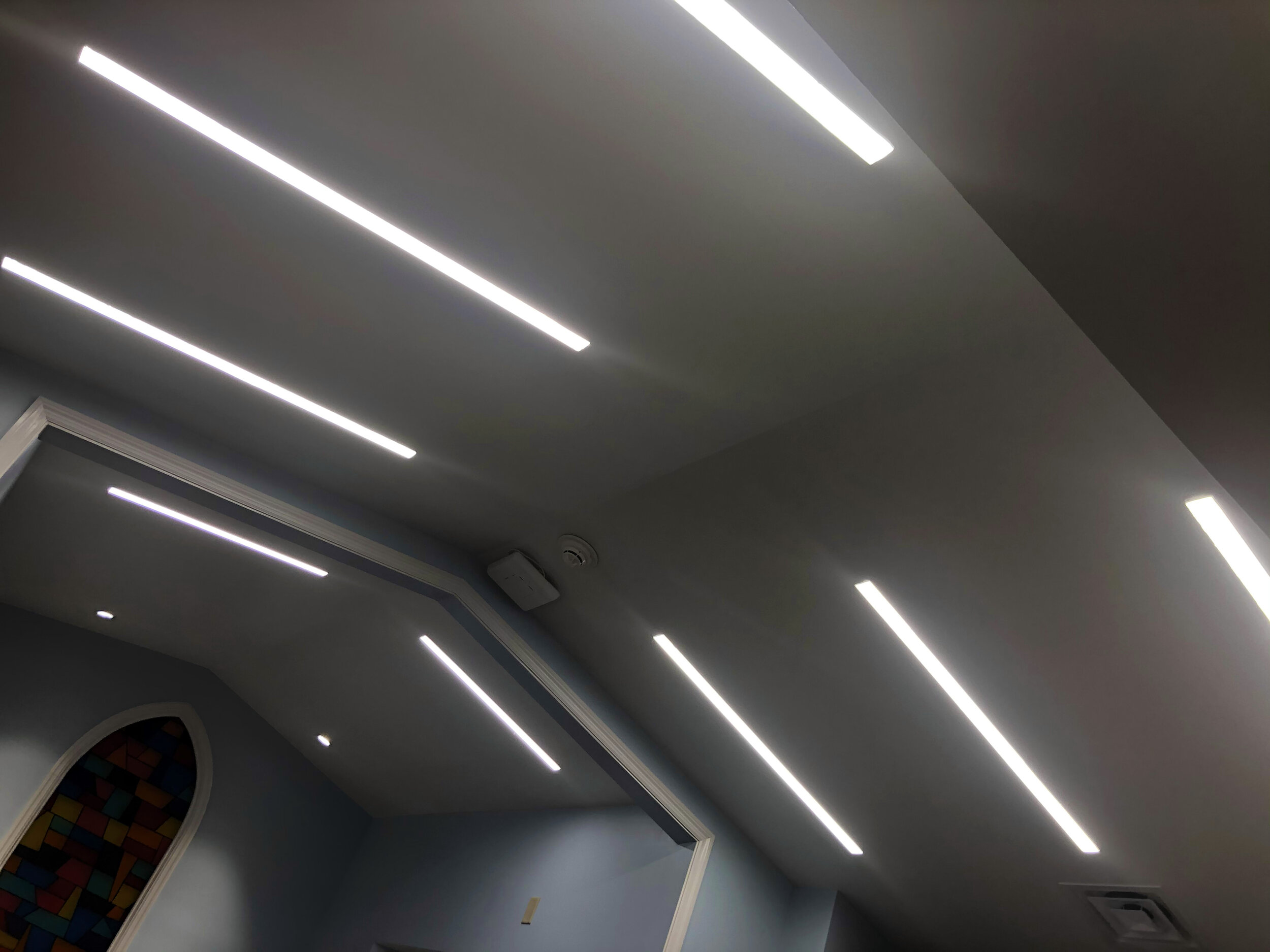
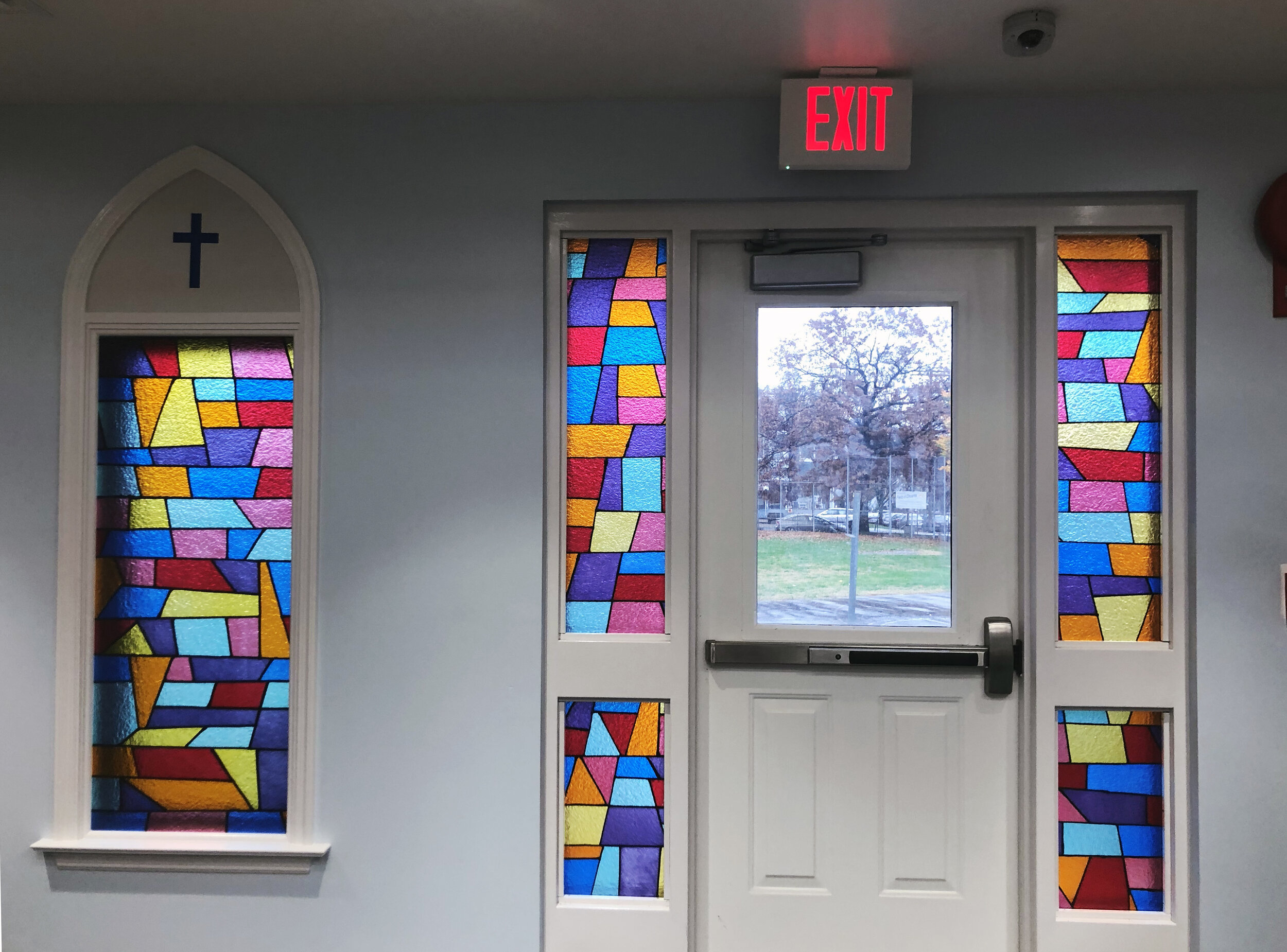
Angelica Park Environmental Center
The Angelica Park Environmental Center is an extension of the wetlands restoration. A Preliminary Design and Study were generated for a 12,500-square-foot building with classrooms, a teaching lab, administrative offices, lecture space, an exhibit gallery, and upper-level observation. deck for indoor/outdoor gatherings for Phase 1 of this project.
Designed to achieve LEED certification, sustainable design features included a geothermal HVAC system, natural stormwater management via rain gardens, a pervious pavement access drive, photovoltaic panels to provide electric power, and a solar shade system.
A team consisting of representatives from the local colleges, the school district, the state park system, and the City of Reading was established to collaborate with Muhlenberg Greene Architects on the planning, programming, and design for a building that would embody environmental sustainability and energy efficiency while providing space for a broad range of activities. The first phase of the project modified the existing boat house structure.
Press Hall and Mail Room Addition to the Reading Eagle Company
Reading Eagle Company planning and design for the expansion of an existing building to house a new state-of-the-art press. The project required the demolition of several existing structures and the new construction of a 77,000-square-foot addition. The expansion included a new mail room and ancillary spaces for the control room, maintenance shops, mechanical/electrical equipment, three truck docks, and four shipping docks.
A basement level was constructed for ink storage, paper deliveries, and the reel room for the new press. The ground floor provides space for the mail room and houses the inserter and palletizer equipment as well as the main floor of the press hall. The 2nd floor consists of a mezzanine level for the press hall and provides space for the control room, computer-to-plate room, and electrical equipment for the press operation.
The 3rd floor was designed for mechanical equipment surrounding the press hall. The press hall was an open space extending 56 feet above the ground floor level to house a new press. A critical aspect of the planning and management of the construction process for this project was the requirement to maintain the daily operation of printing and shipping the newspaper.
Spring Township Municipal Building Addition and Alterations
Muhlenberg Greene Architects prepared a feasibility study to review the Spring Township municipal departments’ current and projected needs and to analyze the functions and interactions of the various operations. The Master Plan study resulted in a project which included expanding the existing building to create a new meeting room for public gatherings and municipal functions, as well as creating additional office space.
The project also included renovating the existing office areas with a focus on creating flexible workspaces for the various departments, enabling them to adapt to future changes. The alterations were designed to complement the existing facade and bring daylight into the building beyond the perimeter offices, which had previously limited the natural lighting in the building. Construction activities were carefully phased to allow the Township to maintain its operations.
Conrad Weiser West Elementary Additions and Renovations
The newly expanded and renovated Conrad Weiser West Elementary School was completed in time for the 2012 school year, and thrilled students and staff alike. The original building was completely renovated, including an expanded Library and a new, full Gymnasium. The school serves grades Kindergarten through Fourth Grade, and the project achieved LEED Silver Green Building Certification. The additions and renovations were designed to address the need for additional classroom space, upgrade the 42-year-old infrastructure, address accessibility, security, and building code issues, and provide an improved environment that meets current standards for staff and students.
The design reused much of the existing building and recycled many of the materials that were removed during the project. The high-performance school building uses energy-efficient technologies for the operation and control of the mechanical systems, daylight harvesting to maximize natural light in the occupied spaces, along with energy and water-conserving plumbing fixtures.
The existing building was an all-electric facility, constructed prior to the energy crisis of the early 1970s. The new design utilizes natural gas service to reduce energy costs for heating, cooking, and hot water needs, and a new, state-of-the-art geothermal heat pump system for classroom heating and cooling. Through the use of automated building controls, the mechanical and electrical systems reduce energy use and assist the District in reducing its carbon footprint.
The new building incorporates modern systems and controls that provide a healthier interior environment, designed to support and encourage the educational program. Healthier environments are created by improved ventilation systems that effectively circulate and filter adequate air volumes through the spaces, combined with natural daylight to help stimulate the students and staff. The materials selected have been chosen to prevent the circulation of harmful chemicals and dust.
Residence Hall & Bookstore Feasibility Study
A thorough analysis of options with a detailed design investigation and concept development was generated to address this project program. Following initial discussions with University Project Leadership, interviews were conducted with stakeholders from Residence Life, the Bookstore, Mail Services, Campus Safety, and University Engineers.
Development of a Feasibility Study for a proposed mixed-use building to replace the existing student bookstore with a new one, adding a cafe-style eatery, mail room, and a multi-story student housing unit. As part of a consultant team, we developed a feasibility study and thorough analysis of options through a detailed design investigation. Analysis of site constraints, campus integration, utilities, zoning, code compliance, construction considerations, hazardous materials investigation, cost, and the schedule was generated. We also provided photo-realistic artistic renderings and sketches using Building Integrated Management (BIM) modeling software.
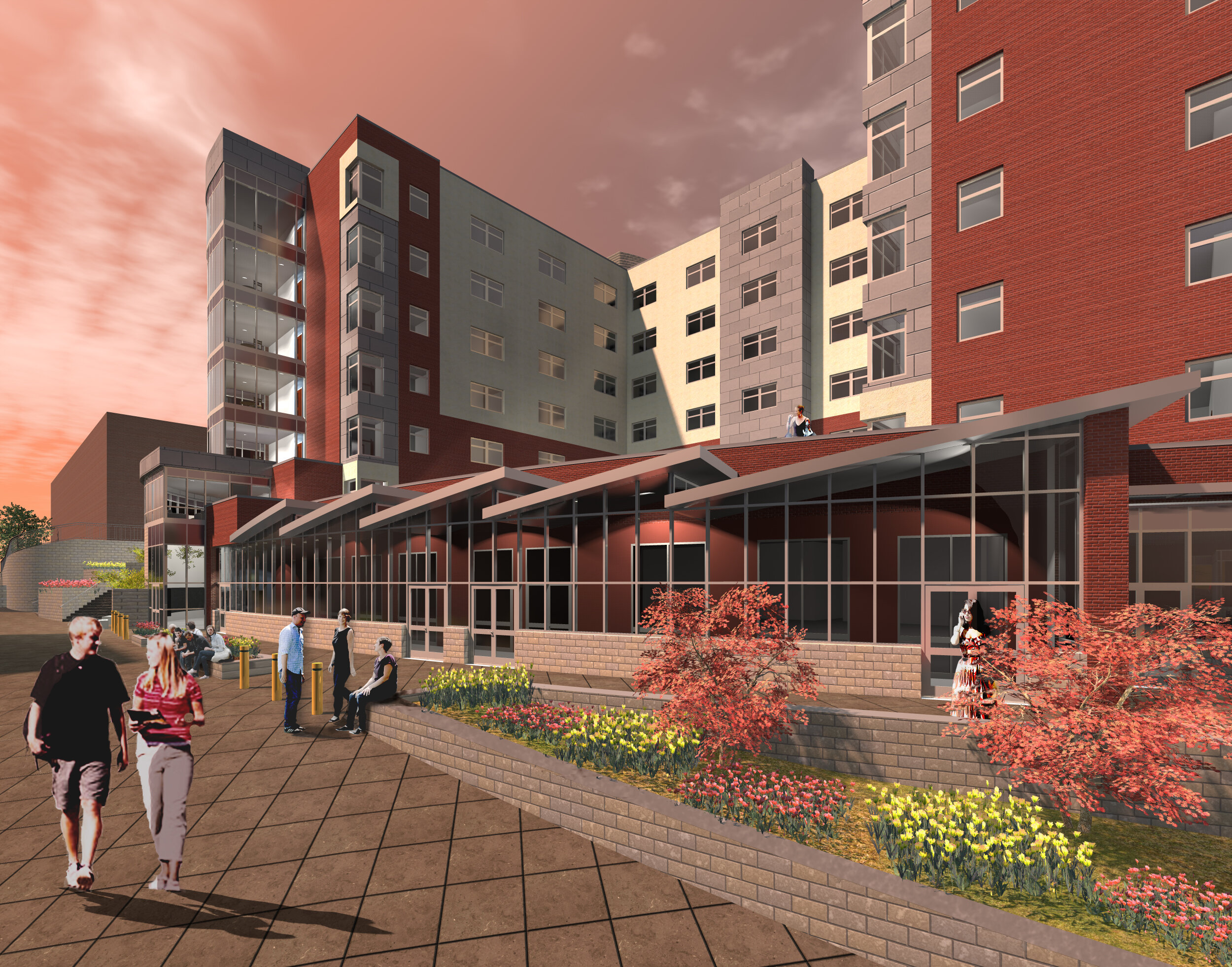
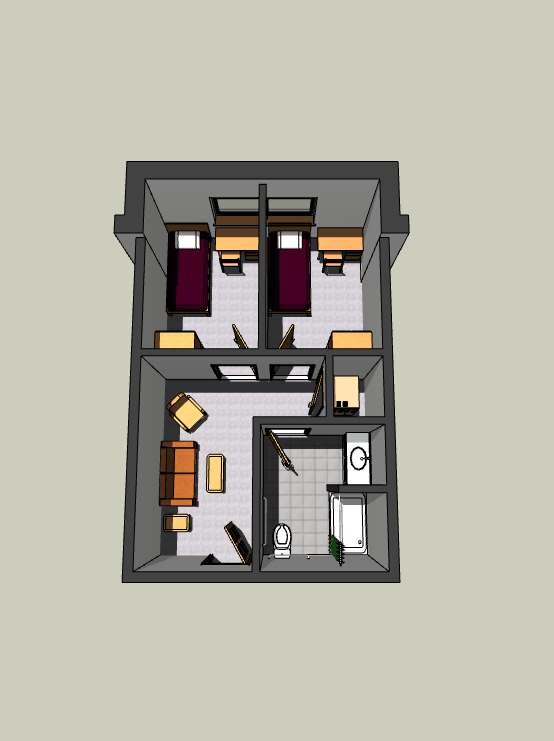
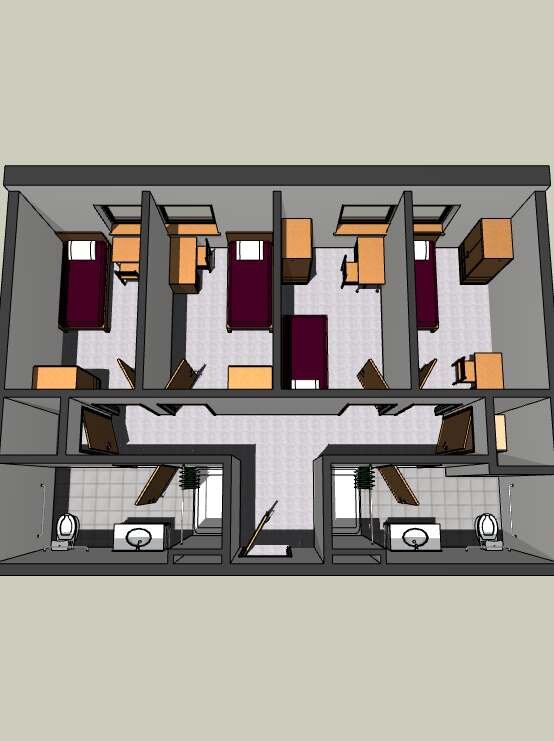
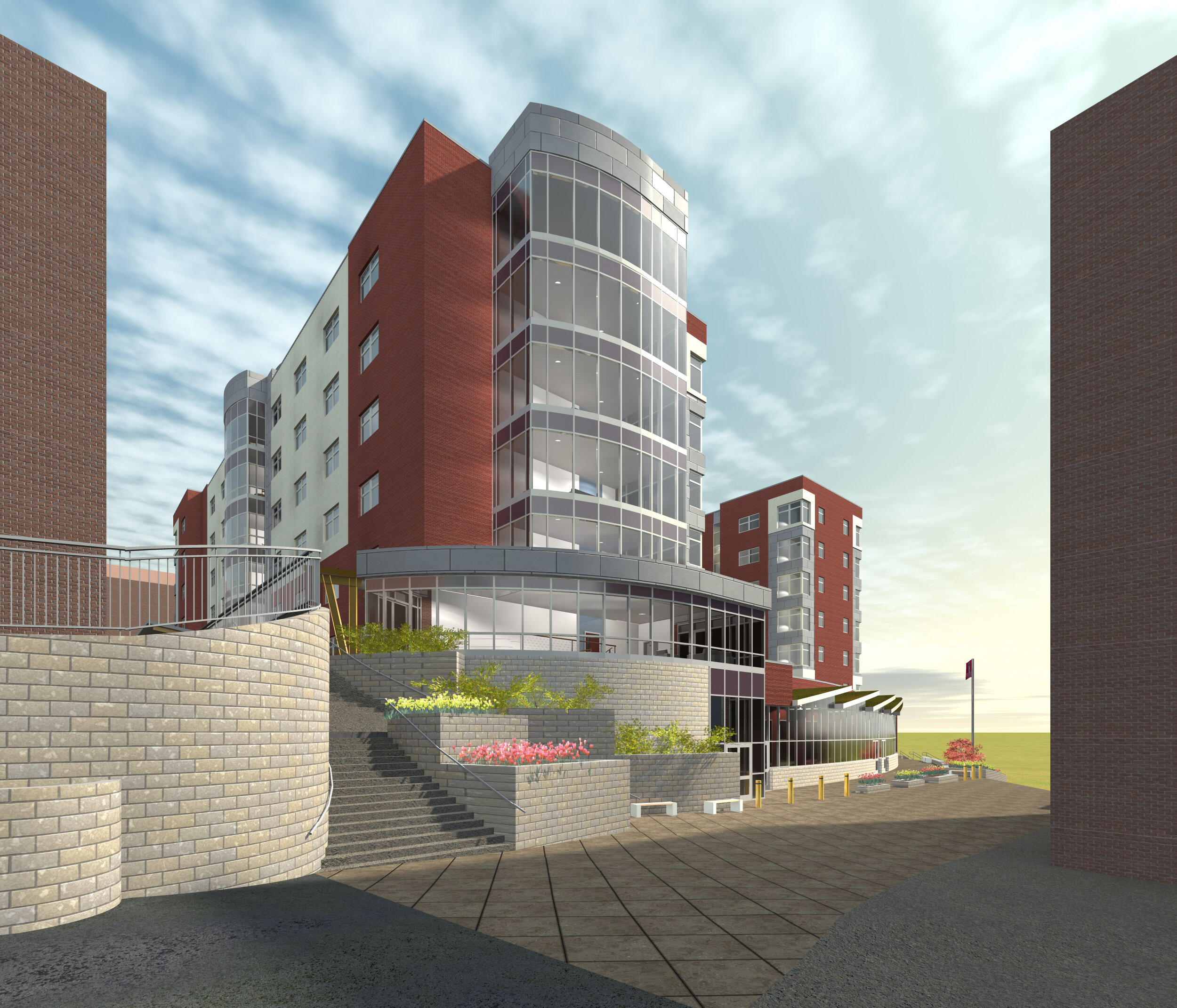

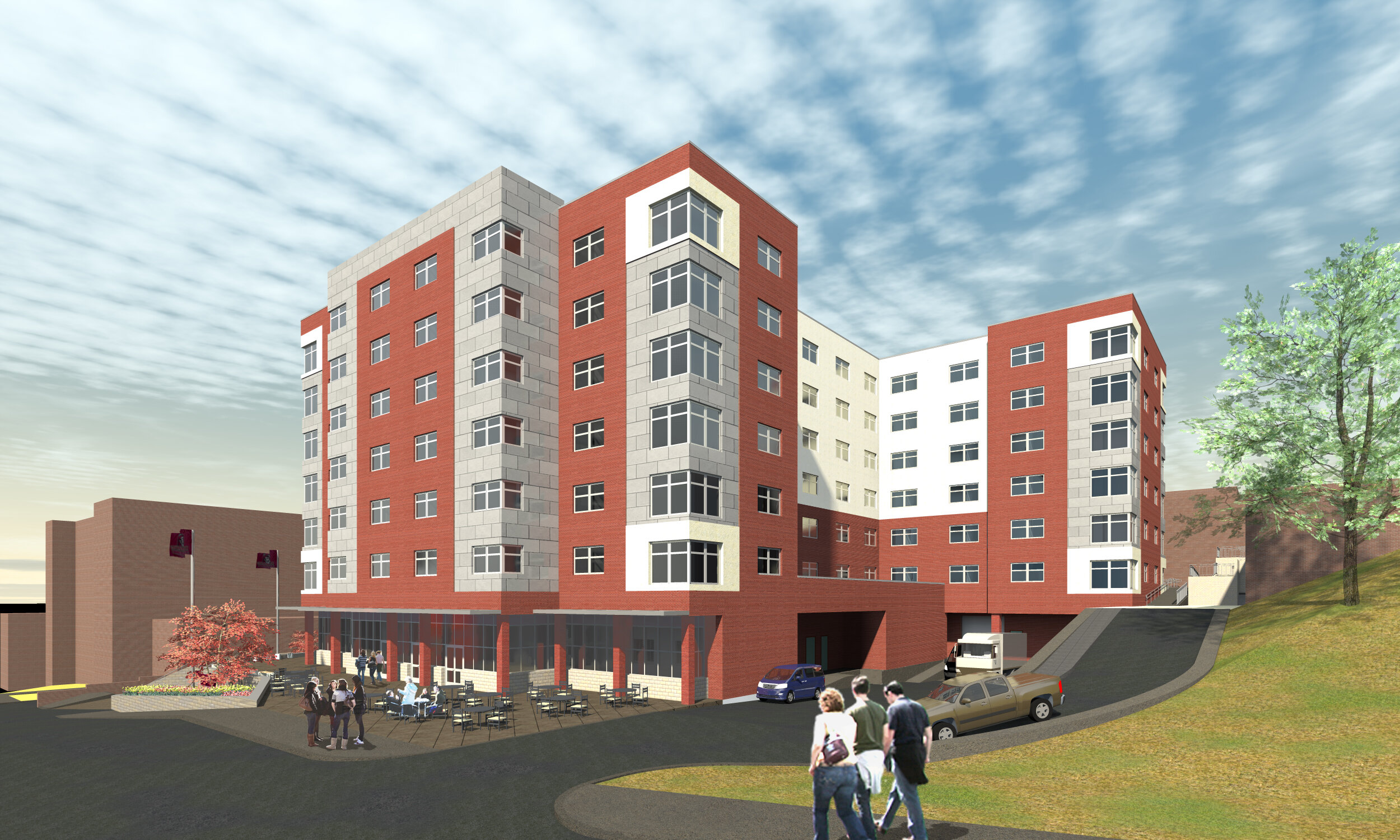


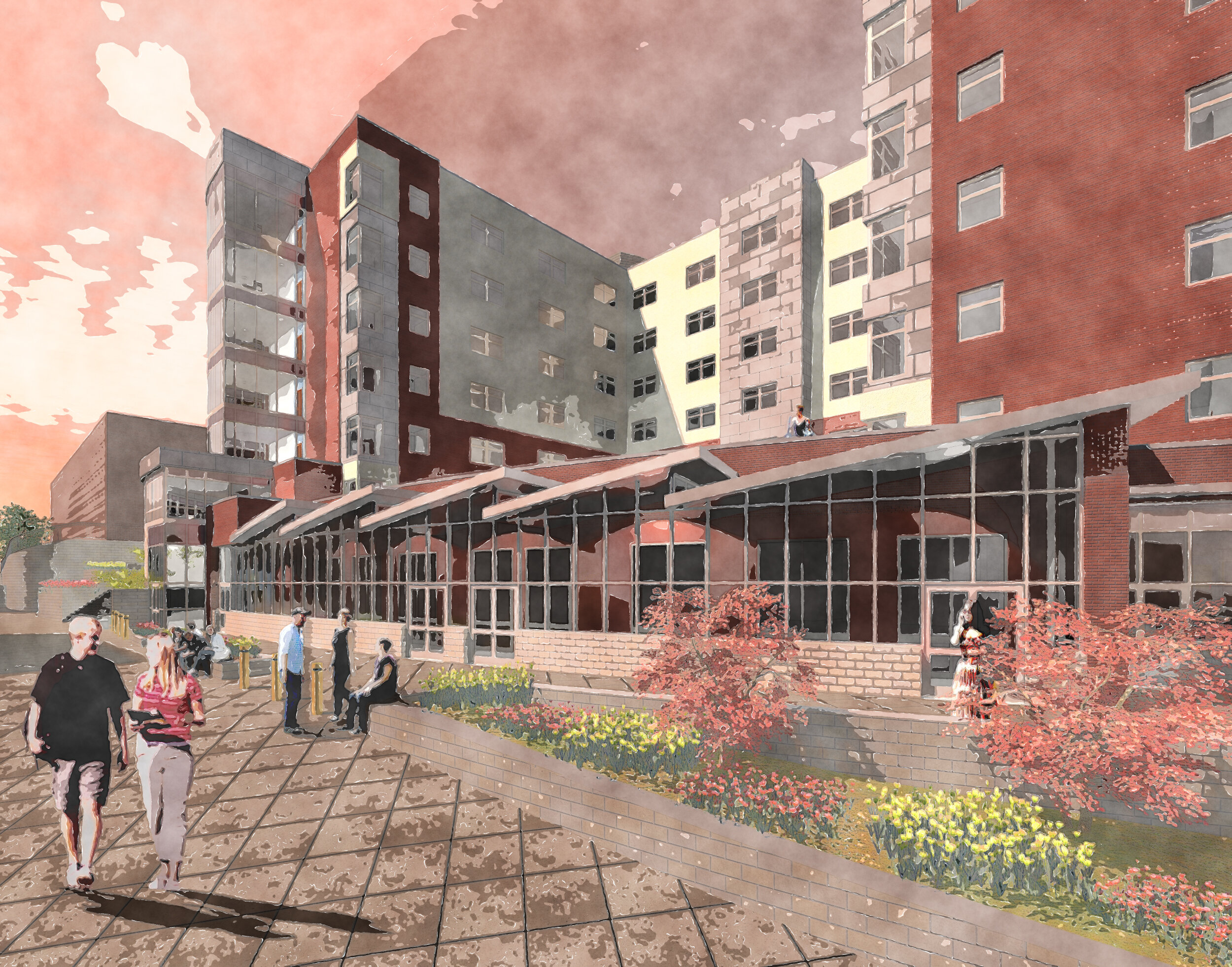
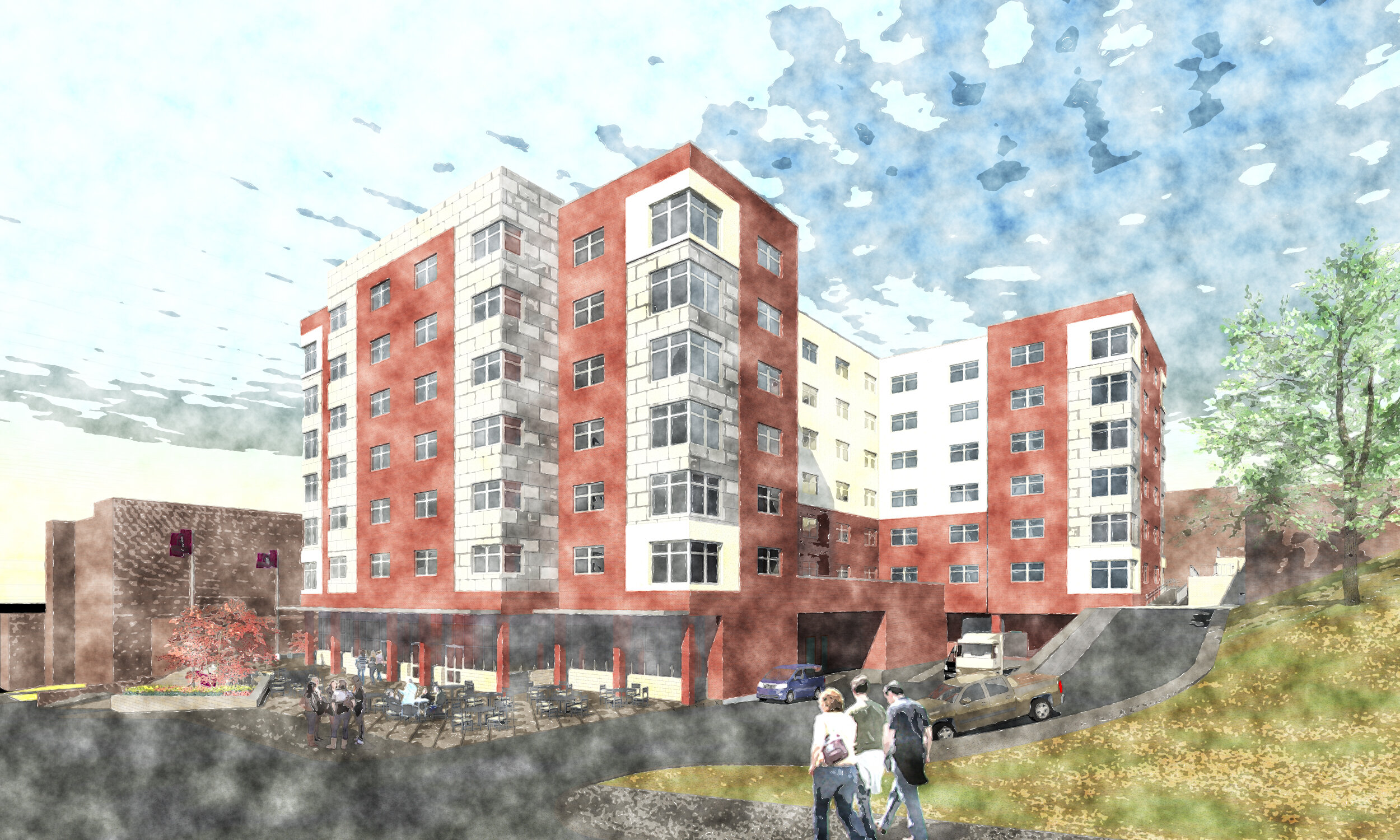
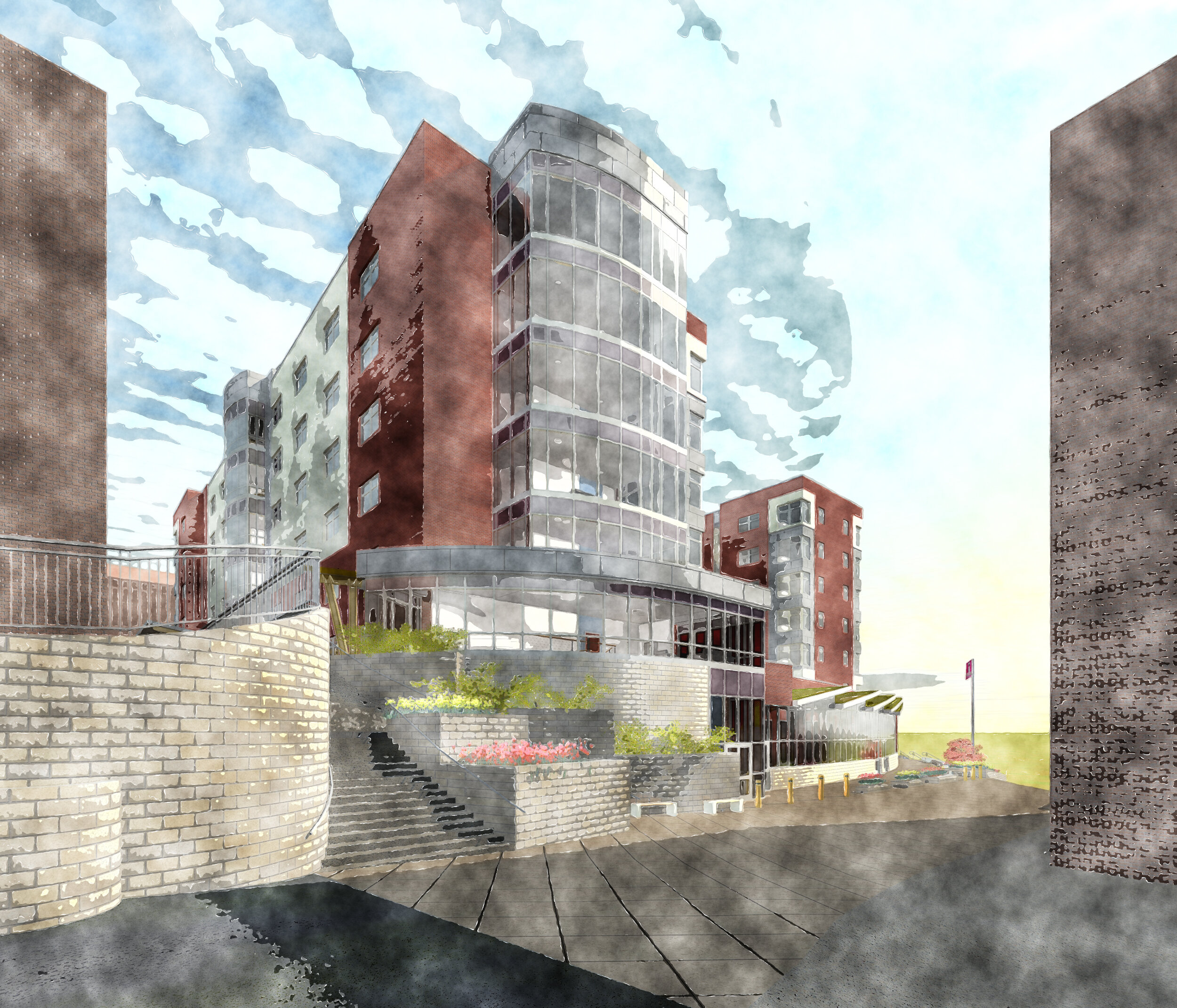
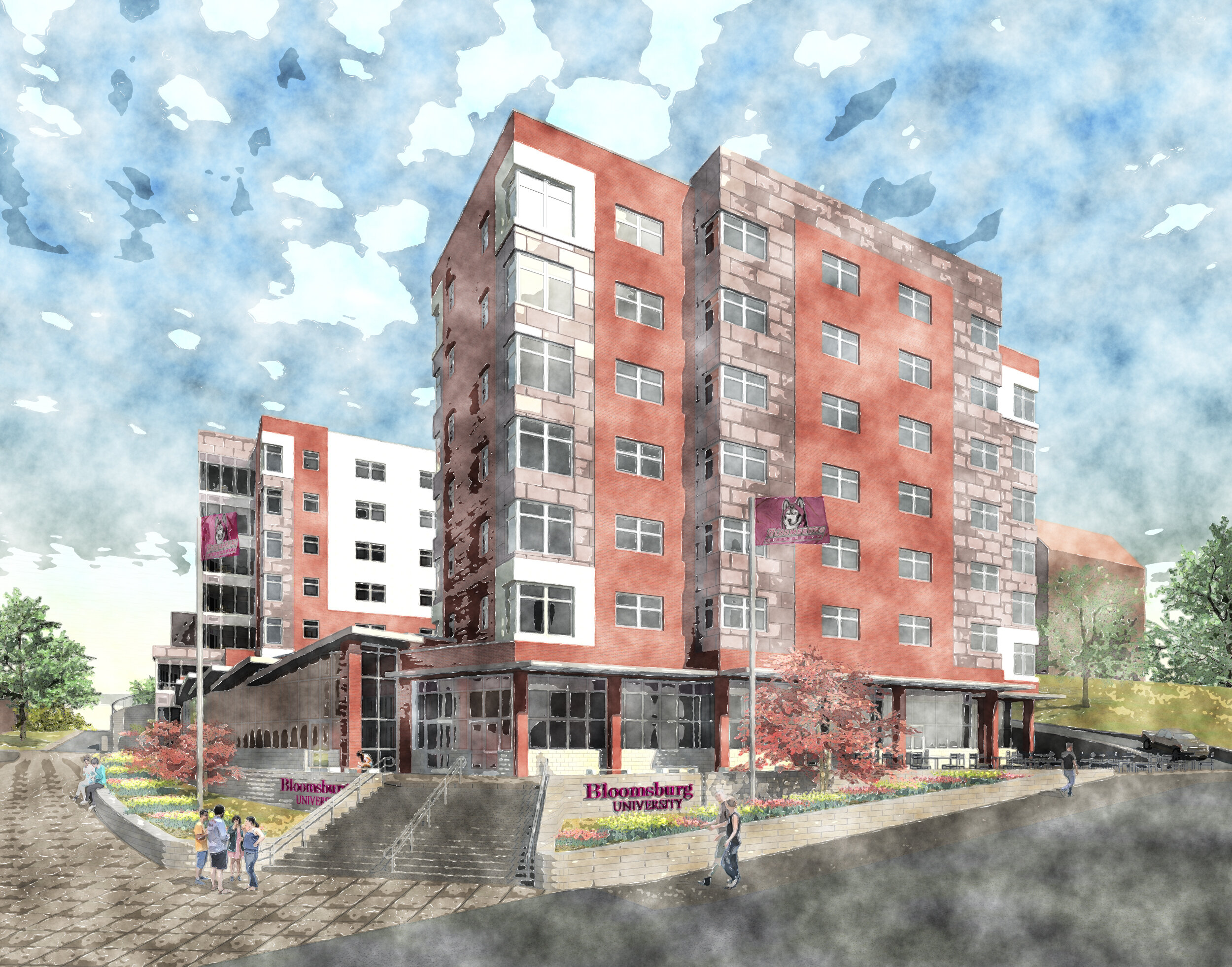
Kutztown University Old Main A-Wing Elevator Addition
Built in 1864-65, Old Main is the oldest and most historic building on campus. In our early years at the close of the nineteenth century, Old Main was the sole University building, providing classroom, administrative, and living space.
Today, Old Main is a modern and vibrant educational haven, housing the university's Computer Science and Information Technology, Criminal Justice, Counseling and Student Affairs, Modern Languages, Music, Philosophy, Political Science, Psychology, Social Work and Sport Management, and Leadership Studies departments. You will also find the offices of Grants and Sponsored Projects, Housing, Dining and Residential Services, Public Safety, Social Equity, and Student Support Services, as well as the Women's Center and the LGBTQ.
Muhlenberg Greene Architects was commissioned to design an elevator addition to the historically significant Old Main building for Kutztown University. The elevator was planned to provide accessible entry to the ‘A’ wing of the building, which was being converted from dormitory rooms to faculty offices. The new addition permits access to the offices and maintains the secure separation of the wing from the dormitory rooms remaining in the center portion of the building. The exterior design was detailed to complement the historic character and quality of Old Main. Interior finishes for the lobby at the main floor landing were designed to match the existing wood trims and moldings of the original building. Access from the elevator lobbies to the existing building was developed through the existing window opening of the original building. The addition includes a slate roof, exterior cornice moldings and trims, and brick detailing to integrate with the original structure.
Muhlenberg Elementary Center Addition and Renovation
Muhlenberg Greene Architects provided the planning and design services for the Muhlenberg School District’s Elementary Center building. The facility was developed as a centralized replacement for the undersized and outdated Primary and Intermediate School facilities that were located on the District Campus. The design of the new facility, planned to accommodate 1350 students in grades K-5, evolved as an Addition and Renovation to the existing Primary School Building.
The new Elementary Center, which incorporates the two-story classroom wing of the existing Primary School, was designed around a central courtyard that established a strong interior focal point for the students; and allowed the addition to be constructed while the existing facility remained in service. The angular geometry of the resulting central core provided a natural visual break that greatly reduced the perceived size of the building, resulting in a smaller scale presence on the site.
Conrad Weiser Middle School Renovations
Conrad Weiser Middle School is a public middle school in Heidelberg Township. The school is a federally designated Title I school. This project involved the renovation of an existing 199,000 square foot school. Design issues focused on reorganization and altering the former high school to function as a middle school facility.
The alterations include a total mechanical and electrical upgrade to the building, asbestos abatement, selective demolition, interior alterations to provide new classroom layouts, renovations to the auditorium and stage, improvements to the gymnasium and locker rooms, major renovation of the main office, guidance suite, and nurse’s suite, upgrade of the food service, and general upgrade to finishes, doors, and hardware throughout the building.
Reading Muhlenberg Career and Technology Center Additions and Renovations
Reading Muhlenberg Career & Technology Center (RMCTC) provides career and technical education programming to prepare secondary and adult students for life after school. RMCTC completed a renovation and expansion project, increasing the size of the building by 33 percent. The facilities are modern, and the equipment is state-of-the-art. With this expansion, students are now able to enroll in one of 31 career and technical education programs.
The improvements to the existing Vocational Technical School were designed to upgrade the existing structure and systems, and to provide additional program areas to meet the increasing needs of the Reading School District and the Muhlenberg School District (Joint Operators of this Career Technical Center).
The project included the construction of a new automotive trades building, and a 2-story classroom addition to provide four new program areas. Additions were constructed at other areas of the building to provide expanded space for the building trades programs and for culinary and baking programs. These additions are 1-story structures. The physical layout of the existing building and program locations were altered to provide additional area to the programs that require it, and reduce program spaces that have a decreasing demand. Renovations to the Administrative office area, guidance suite, and business office for the existing building, including comprehensive upgrades of the mechanical and electrical systems, were completed.
CHOR Day Academy
The Children’s Home of Reading’s CHOR Day Academy is licensed by the Pennsylvania Department of Education as a private academic school. The Academy serves children grades five through twelve who have special and alternative education needs that can be better met in an alternative setting.
The renovation to an alternative education center’s existing building was approximately 23,300 square feet, which was increased by a 750-square-foot addition. This addition provides a new flex-space area for different educational programs and provides services in small-group settings. The new layout consists of classrooms, offices, a therapy room, a nurse’s station, a new kitchen and cafeteria, a library, and a computer room.
Mulhenberg Intermediate School Gets a New Building
The C. E. Cole Intermediate School is designed to initially house nine classrooms of grades 5 and ten classrooms of grade 6. The building was designed for a maximum enrollment of 650 students anticipating thirteen classrooms for each grade level.
The new Intermediate School is located at the site of the former C.E. Cole School buildings. The new facility reused the existing Gymnasium and Commons building to the fullest extent possible. The existing classroom and administration structures were demolished to allow more concentrated use of the site area. Use of this site maintains all District facilities on the 100-acre campus. This site allows for the existing bus circulation for the Elementary Center to be used for Intermediate School students. The separation of bus access from the parent and public access was maintained by carefully planning the location of the entrances to the building.
The Intermediate School, as with all District buildings, serves community needs. The gymnasium has long been used by various community groups which have continued to take advantage of the facility. Public access to the gym and locker rooms was planned to prevent access to other parts of the new facility. Public use of the Instructional Media Center and Multipurpose room was also planned.
The site provides recess activities for both planned grade levels. Other educational activities benefit from carefully planning the access and design of outside areas such as the courtyard. Security and protection of students during outside activities were considered and implemented for all areas designed.
Parking for staff and visitors was incorporated into the existing parking areas along Kutztown Road and lots located on the south and west sides of the gymnasium. Use of the lots by the gymnasium during the school day was carefully planned so as to not interfere with bus circulation during arrival and dismissal times.
Private Residence Pool Pavilion
Muhlenberg Greene Architects employed sustainable design techniques in their design of a structure to accommodate the installation of an “Endless Pool.” The project included a study of passive solar heating and cooling utilizing ‘Direct Gain’ system techniques of southern glazing exposures, masonry storage thermal walls, projected overhangs, and careful site placement among many shade trees.
The building materials were chosen based on client preferences for low maintenance and a warm-feeling environment. Materials included renewable strand lumber beams and columns, solid vinyl windows, fiber cement siding, soft textured tiles, and a drainable brick floor for the plant watering area.
Lenape Park Concession Building
Design Development and Construction Drawings for a new concession stand and storage building for a township park.
New electric service was provided to the new building which will also connect to other existing structures. Water and sewer connections were made to an existing well and to the existing on-site sewage system.
The park serves a wide range of activities and sports for the Township’s recreation associations. The new structure was designed to integrate into the existing layout of the park and to enhance the image of the park and surrounding structures.
Reading City Hall Additions and Renovations
Planning, Design, and Construction Administration for the 45,000 sq. ft. addition and extensive renovations to an existing 75,000 sq. ft. City Hall structure. The existing historic building, built in 1908, had undergone its last major renovation in 1928.
The comprehensive renovations were designed to meet the current building code standards requiring all life safety, electrical, plumbing, sprinkler, and HVAC systems to be replaced. Construction phasing was carefully planned to keep all departments of the city government in operation throughout the 2-year construction process. The renovation provided new security features, including audible and visual emergency warning systems.
Read more about the history of The Reading City Hall in the Reading Eagle.
Easton Post Office Window Replacement
The Easton Post Office was constructed in 1910 as a two-story mix of Beaux-Arts and Neoclassical styles with limestone cladding and wood double-hung windows. A later addition, complementing the original style, was built in 1937. The building is currently located in Easton’s historic district.
Muhlenberg Greene completed a study on the 48 double-hung wood windows, which included an environmental analysis of the lead paint. We were then commissioned by the US Postal Service to complete the final design for the replacement of the deteriorated windows. This involved submitting and obtaining a “Certificate of Appropriateness” to the Historic District Commission for review and approval.
Utilities Employees Credit Union Corporate Headquarters
Muhlenberg Greene Architects worked with the administrative team for the Utilities Employees Credit Union to study the potential for building an addition to their existing facility. During the study, it was determined a new facility would be required. The Credit Union has a unique departmental structure and had rapidly outgrown two previous buildings. They were looking for a flexible building design that would function well at their current size and be able to accommodate their 10-year growth projection while representing the culture and stability of their business.
The new corporate headquarters office building consists of a two-story building with a partial basement, providing approximately 50,000 square feet of flexible, finished office space. The building design allows for future expansion of the facility if more space is required.
The exterior design features brick and glass. Included in the interior layout is a two-story entry lobby which also houses the tellers’ stations. Adjacent spaces include a call center, training rooms, private offices, open office areas, a lunch room, two large file vaults, a data center, and an Executive Board Room.
YMCA of Adamstown Additions and Renovations
Planning and design services for an addition to the Adamstown YMCA’s existing facility. The addition and alterations included the construction of a gymnasium space and a new, accessible entrance to the facility, addressing the established and growing indoor recreational needs of the community.
Also included in the renovations were new locker spaces, a multi-purpose/game area, a fitness center/weight room, flexible program/meeting rooms, and improved on-site parking.
New addition and renovations to St. Michael's
After completing the Master Plan Study for St. Michael’s Church, Muhlenberg Greene Architects was commissioned to provide Architectural, Planning and Design, Site/Civil Engineering, and Mechanical/Electrical Engineering services for the new addition and renovation project.
The site design of the new addition joined together multiple existing levels, including the provision of a connecting breezeway for gathering and circulation between the sanctuary and the new Pastor’s and Administrative offices, additional toilet rooms, and new classrooms. Parking levels were also integrated into the design of the addition.
ADA-compliant toilet room renovations, and upgrades to the daycare facility, the existing classrooms, and the social room, were also part of this project.
